
Český Krumlov is one of the most beautiful towns in the Czech Republic and is the second most important Czech locality. I would call it “Prague in a pocket design“. It is as if you are walking along the “Golden Lane” at Prague Castle in Prague. The whole complex was included onto the list of UNESCO World Cultural Heritage Monuments. I used the summer to visit, when there were not so many visitors from abroad and I was able to walk at least a little through the half-empty streets. And it was really amazing!
STATE CASTLE ČESKÝ KRUMLOV
Probably the biggest attraction is the local castle in Český Krumlov. But it is definitely not the only attraction of this amazing city. The space here is huge, so be prepared for a short walk. The monument consists of a total of 40 buildings, palaces, a Baroque theater, a mantle bridge, castle gardens and a park. It is the second largest chateau complex after Prague Castle. There are many rare paintings and tapestries in the castle.
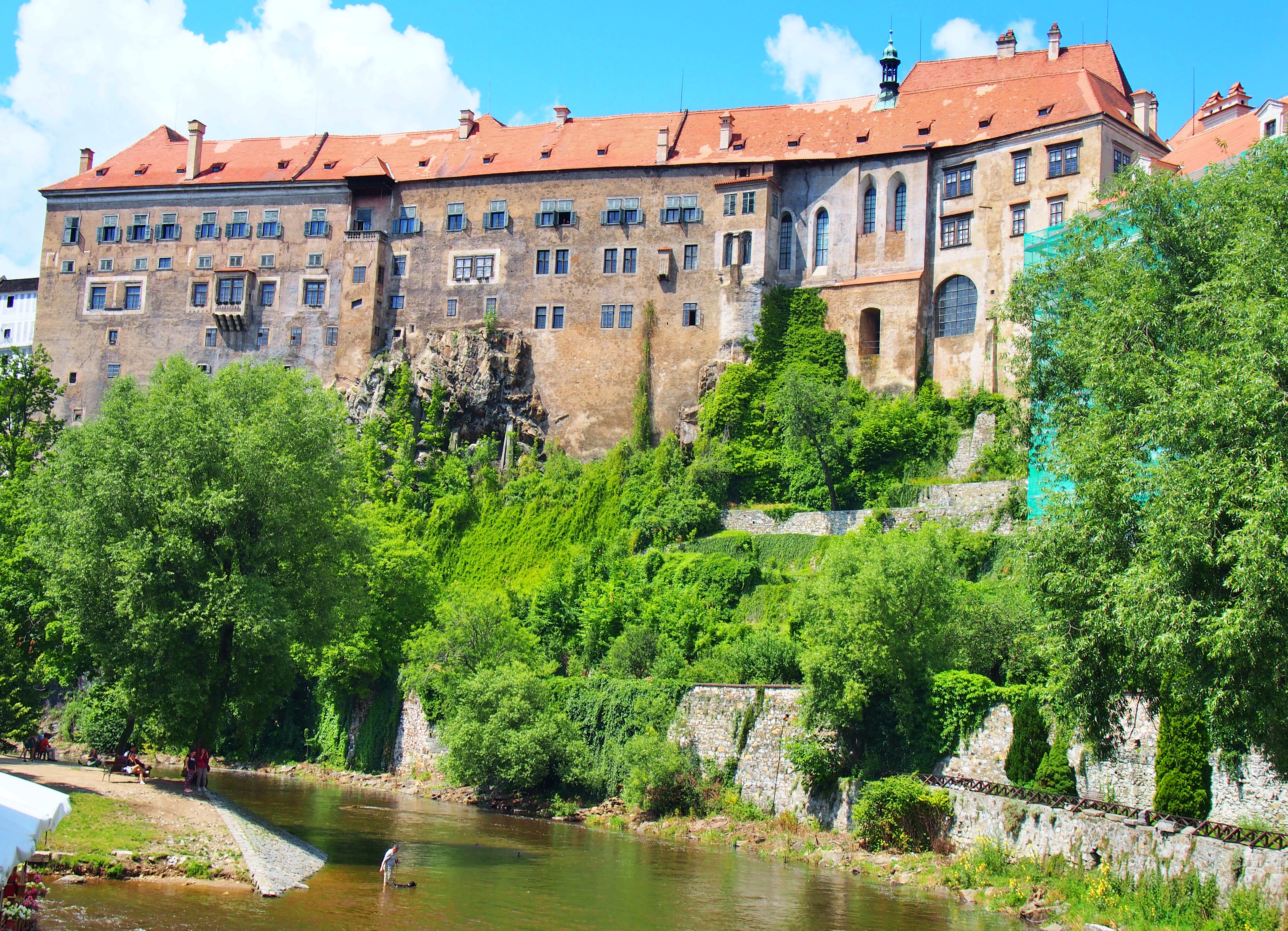


There are very nice murals by Gabriel de Blonde in the whole chateau, which create a wonderful illusion of a number of building elements with statues of figures from ancient history and mythology. In private chambers, the theme is mostly biblical.

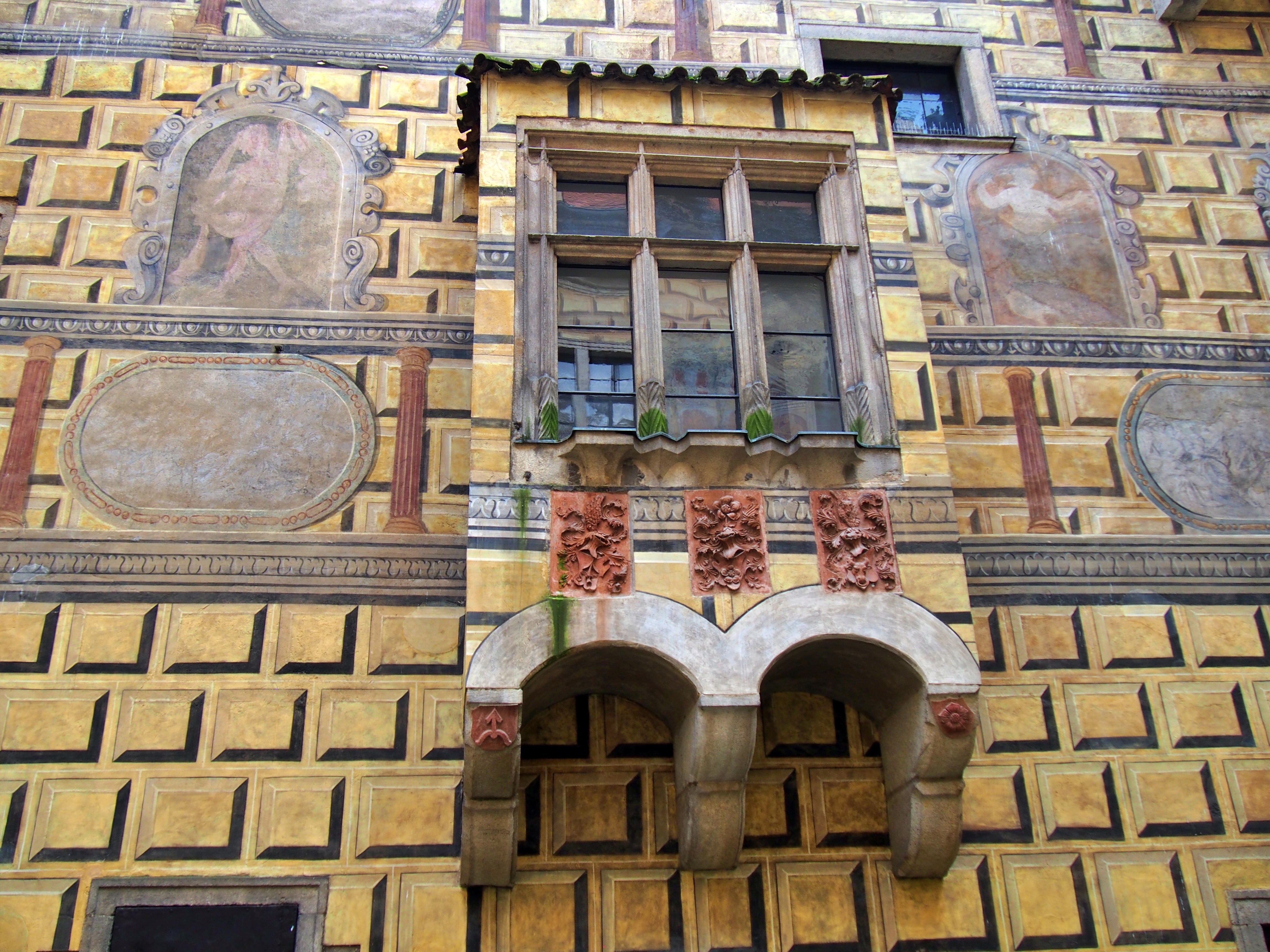
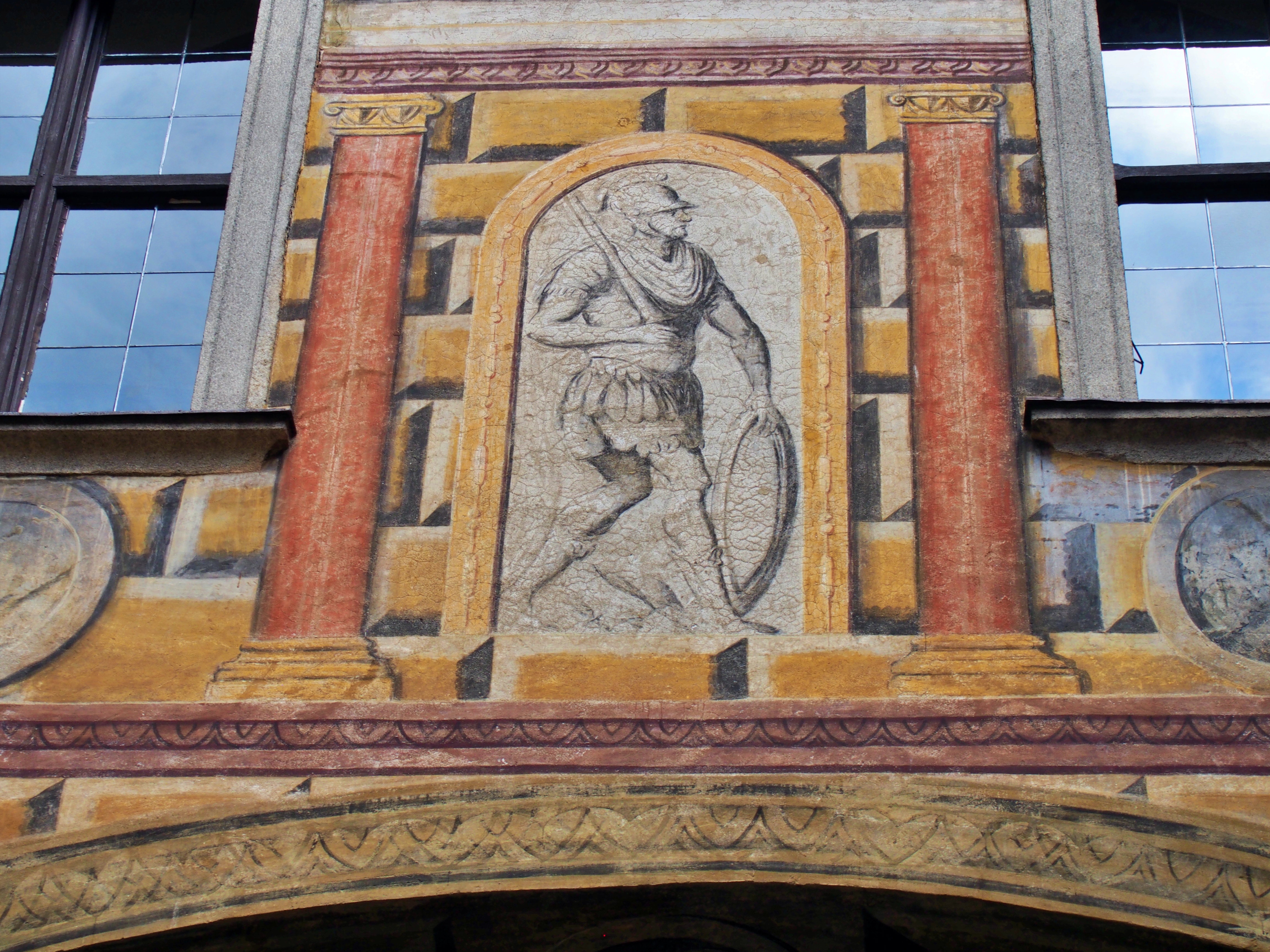

CLOAK BRIDGE
The bridge connects the Upper Castle with the Baroque chateau garden and theater. There is a beautiful view from the bottom of the river. The bridge stands on stone pillars with arches. Down by the Vltava there are a few restaurants and cafes that have an amazing view of the whole bridge and the castle. If you go directly to the bridge, there are several baroque statues.
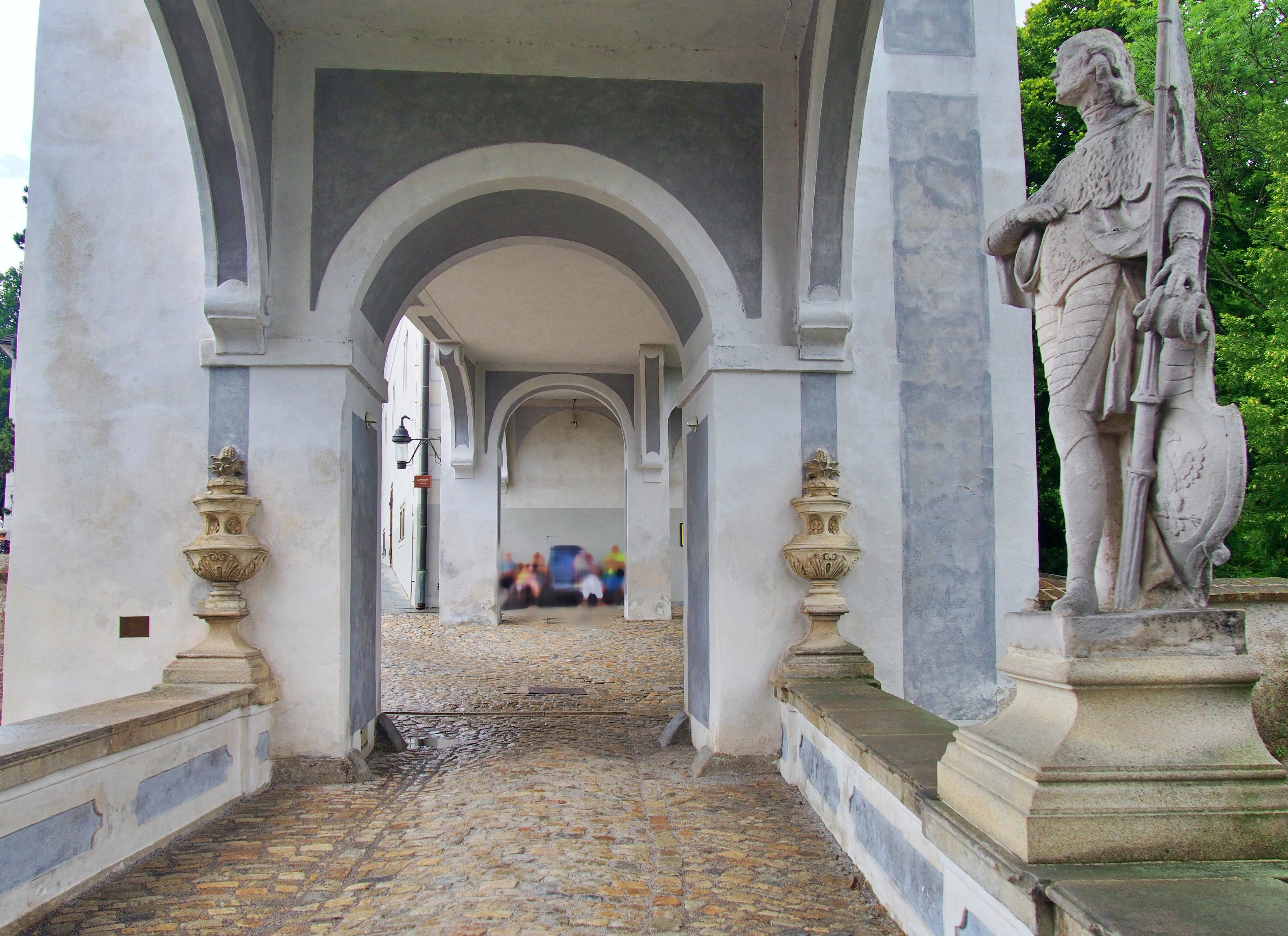

BEARS
A big attraction of the chateau are also bears, which have been bred here since the last Rosenbergs. The tradition of bear breeding has been rooted here for 400 years.

WHO RULED HERE?
THE ROSENBERG FAMILY
What you will definitely not miss in Český Krumlov is the red rose worn on its shields by the Rosenberg family, an aristocratic South Bohemian family, more powerful than the emperor at the time.
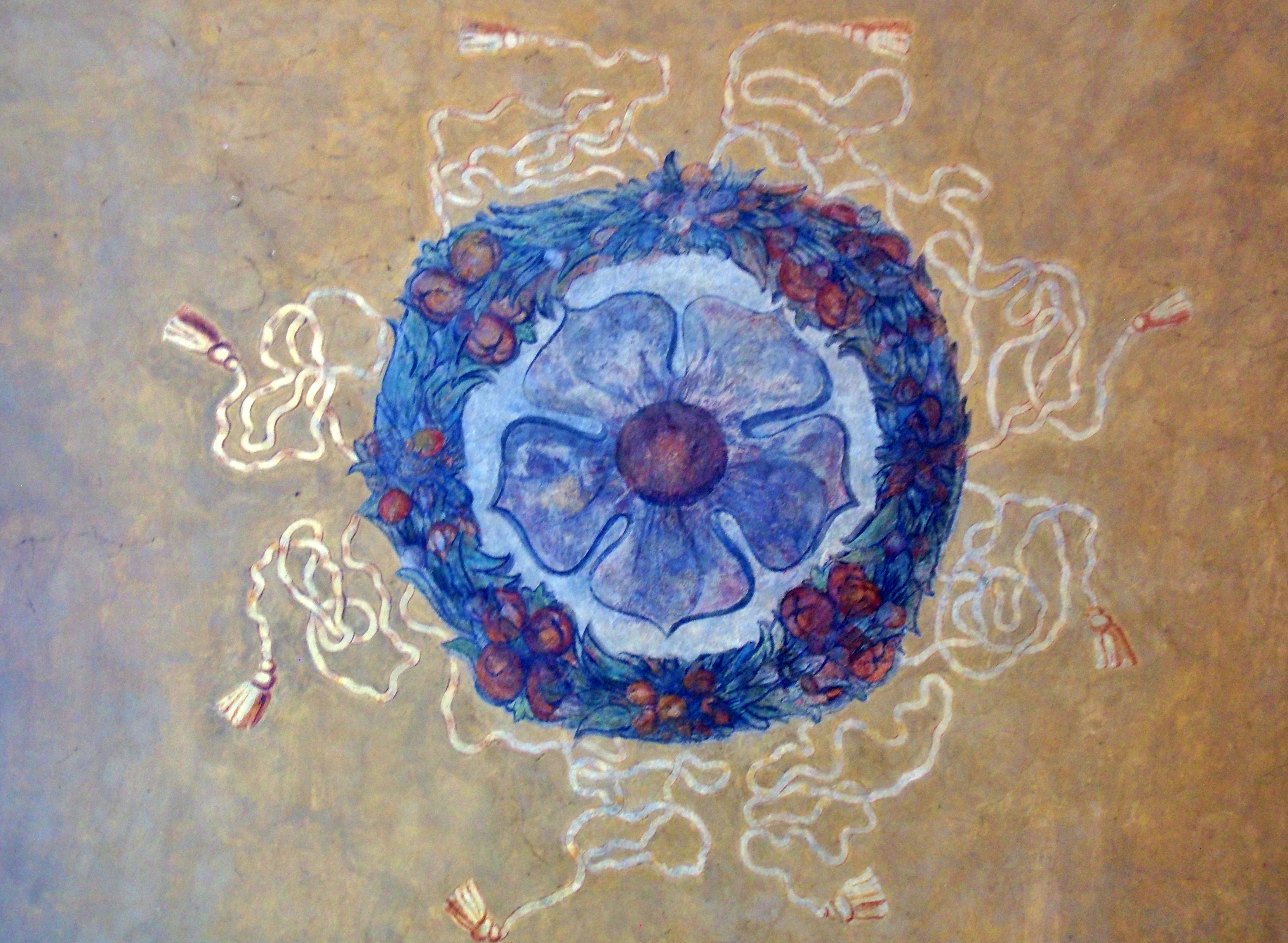
THE WHITE LADY – PERCHTA OF ROSENBERG
However, the castle is associated with the well-known legend of the White Lady, who predicted birth or death according to the black or white color of her dress. In fact, the White Lady’s name was Perchta of Rosenberg. Her father Oldrich II. from Rožmberk, against her will and without love, married her to the Moravian nobleman Jan of Liechtenstein. Perchta was, in fact, very unhappy with him, because he had cruelly tortured her all his life. As Jan lay on his deathbed, he had Mrs. Perchta call and begged for forgiveness. She refused and her husband cursed her for it. Since then, the spirit of the White Lady of Rosenberg has had to go around the Rosenberg castles and chateaux. It appears when some significant events are to take place. The white gloves on her hands foretell good things, the black gloves signal the impending disaster.
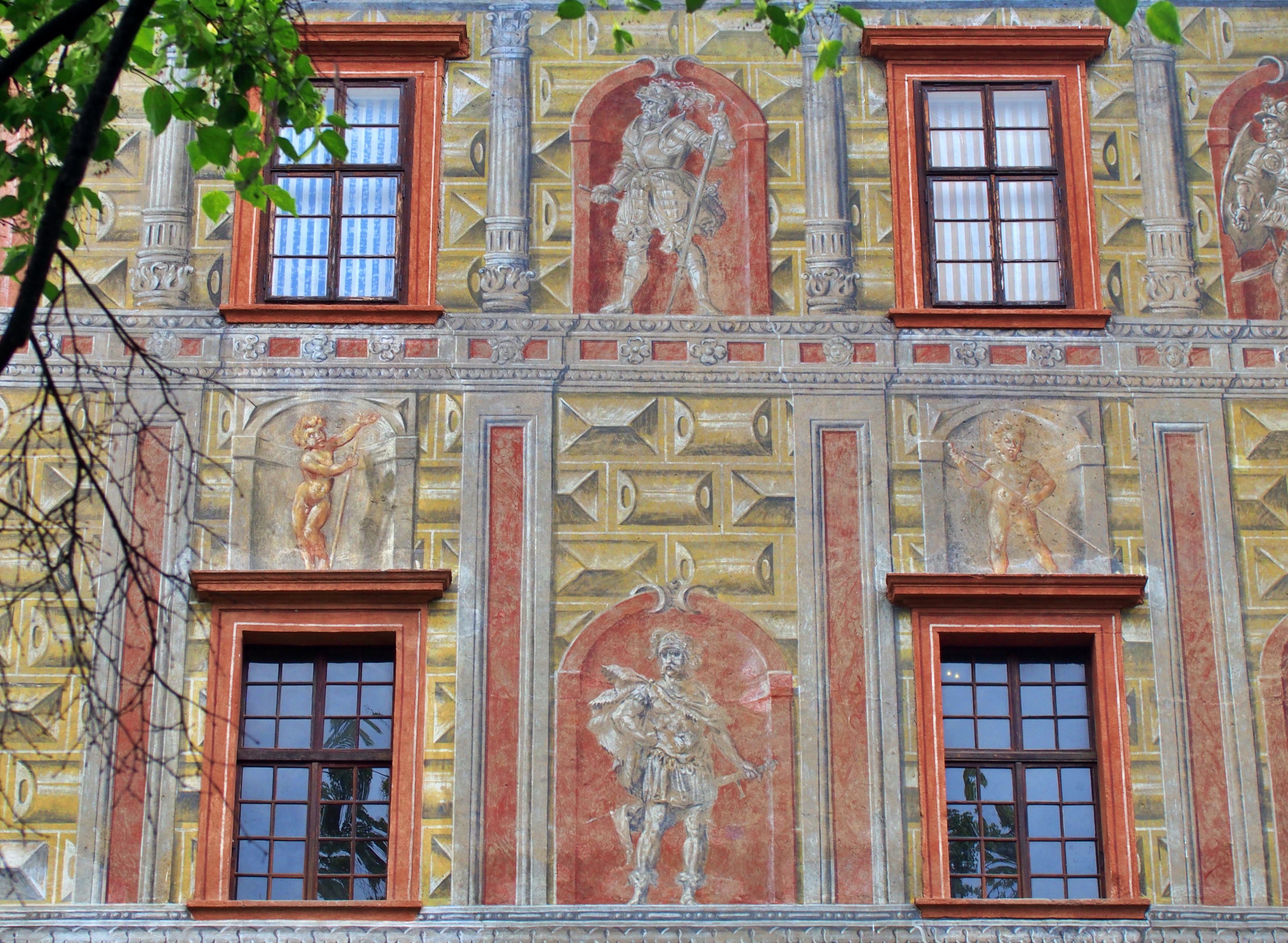
PETR VOK
The last member of the family is the well-known Petr Vok. This twelfth ruler even sold Český Krumlov to Emperor Rudolf II.
THE SCHWARZENBERG FAMILY
Probably the most famous owner of the castle was the Schwarzenberg family, from the period of their reign come beautiful Dutch paintings and tapestries. The middle of the 18th century is carried in the chateau in the spirit of Viennese court pleasures. This atmosphere breathes on you in the famous Masquerade Hall, the walls of which are decorated with the immobilized chateau carnival company of 135 ball participants, which was painted here by Josef Lederer. The space is dominated by figurines from the popular Italian street comedy dell’arte.
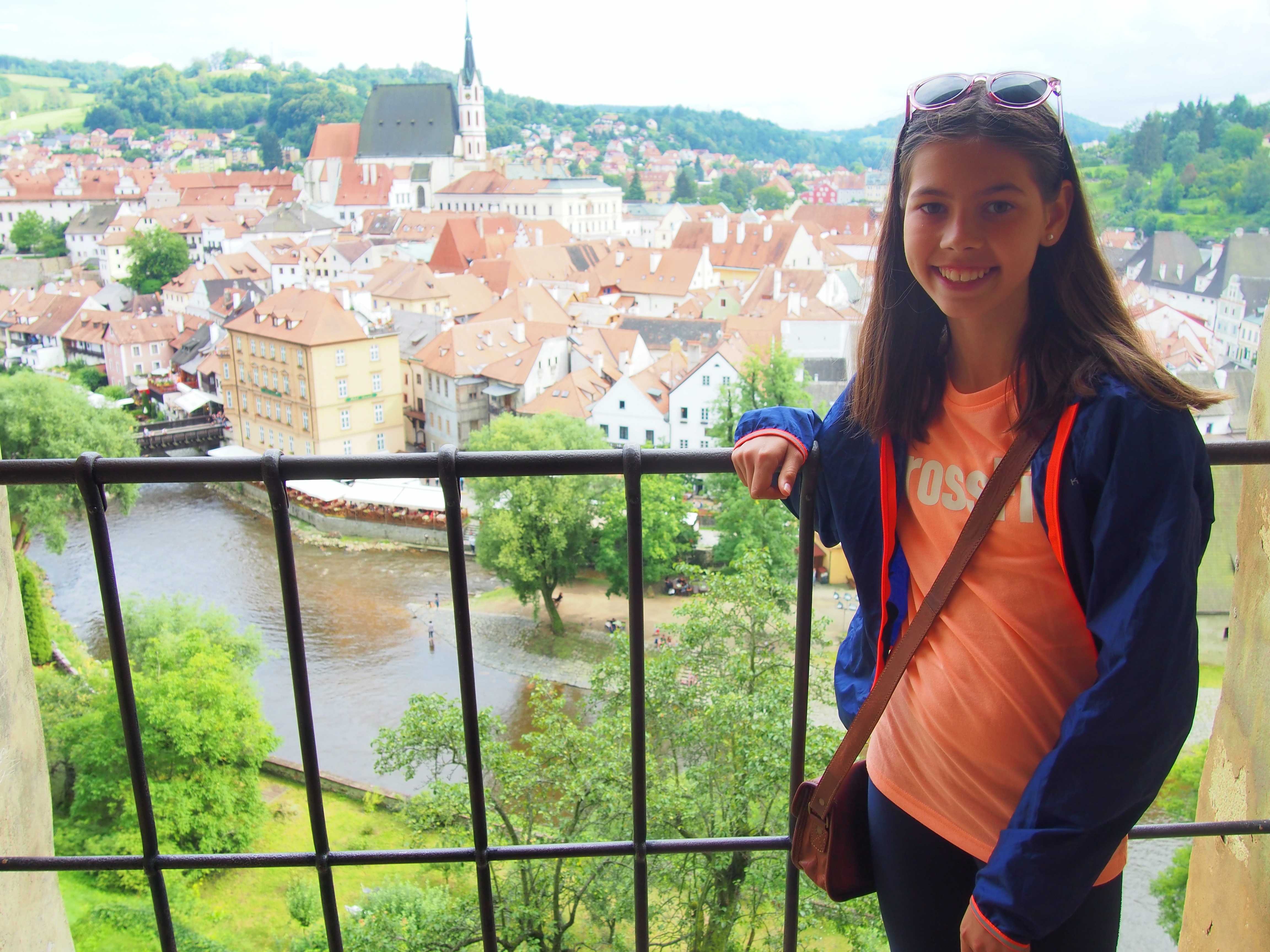
CASTLE TOWER
The castle tower is a beautiful symbol of artistic beauty and also a symbol of the city. It was built in the 13th century and rebuilt in the Renaissance style. The tower is 54.5 meters high and before you reach the top, you have to climb 162 steps. Well, nothing for cardiac patients! 🙂
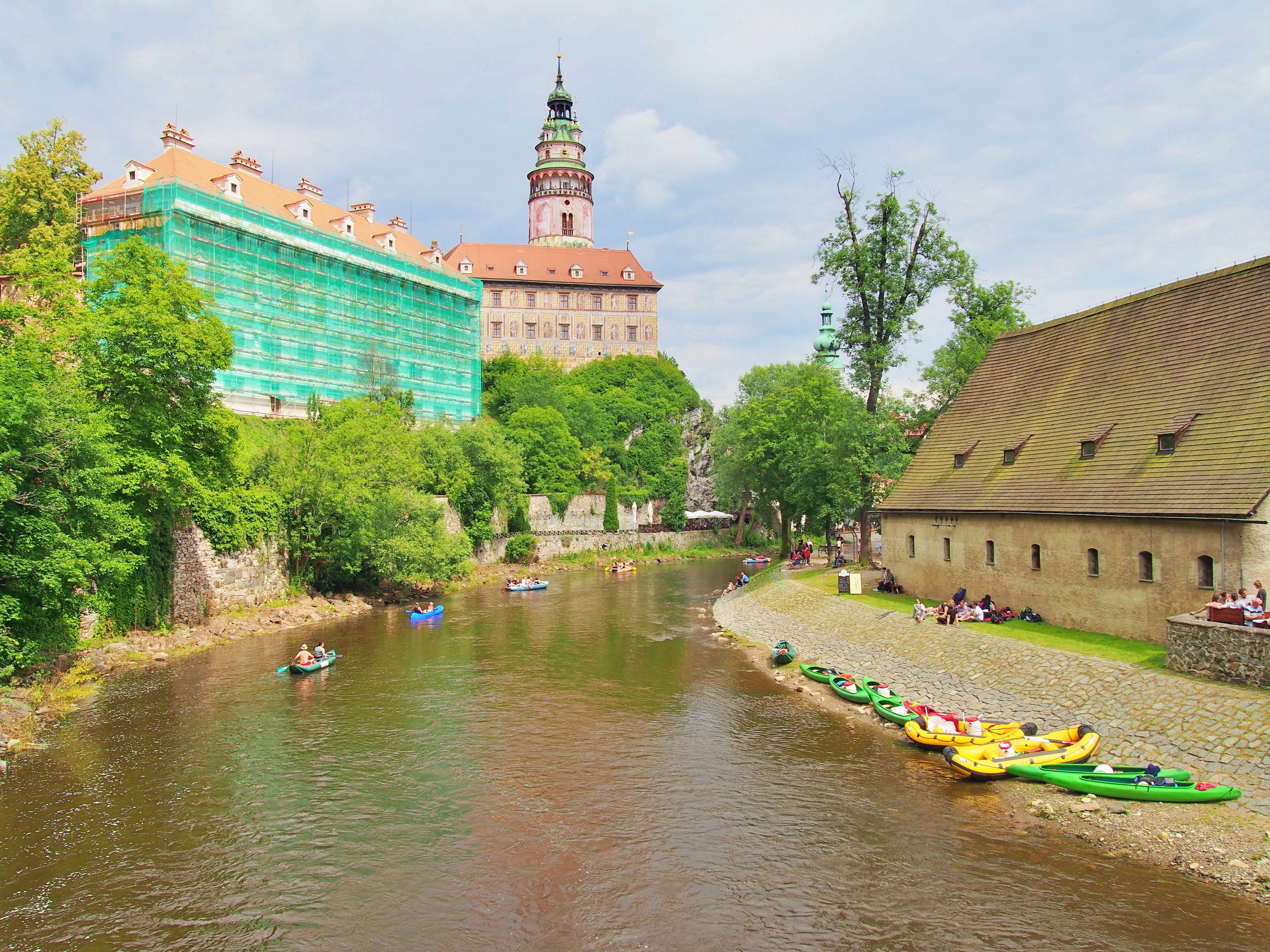
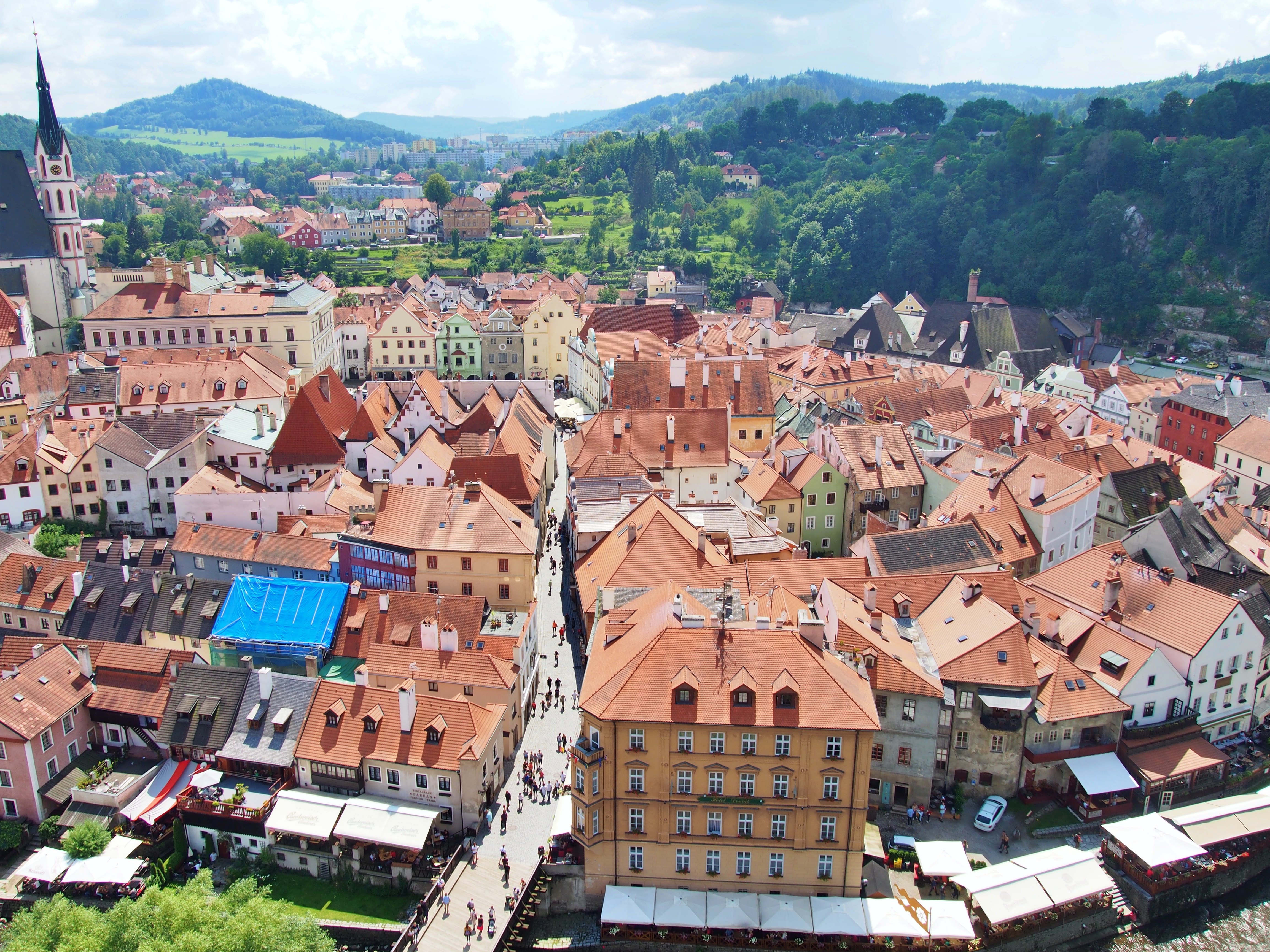
Its facade was decorated with paintings by Bartoloměj Beránek-Jelínek. Inside there is a famine, a Renaissance wooden model of a tower and bells from the 15th century. But what makes the repair a unique experience is the view of the city and its surroundings.



CASTLE GARDENS
Near the castle is a baroque garden founded in the 17th century. In the 19th century, the appearance of the garden was radically changed in the style of the so-called English park.
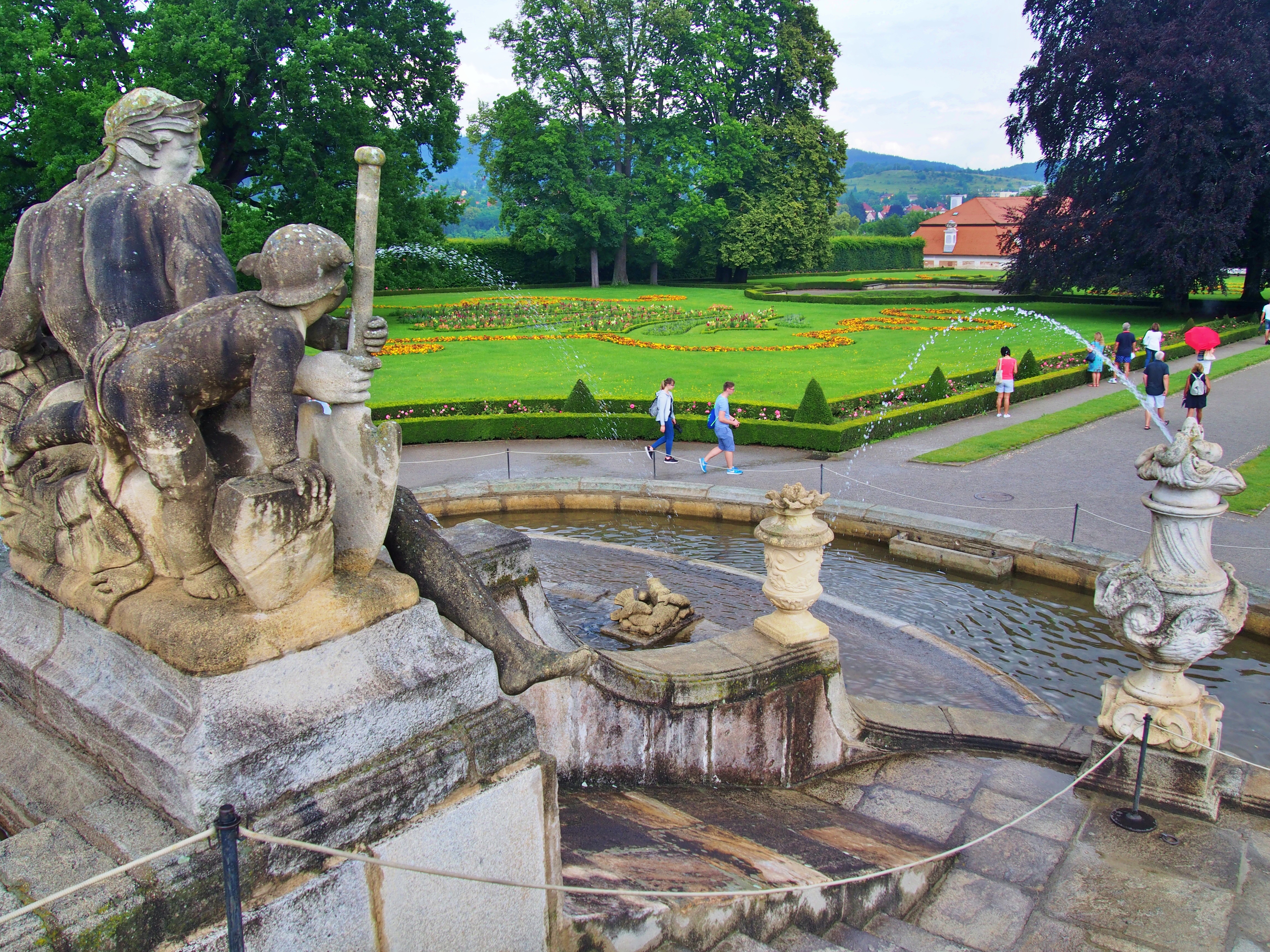

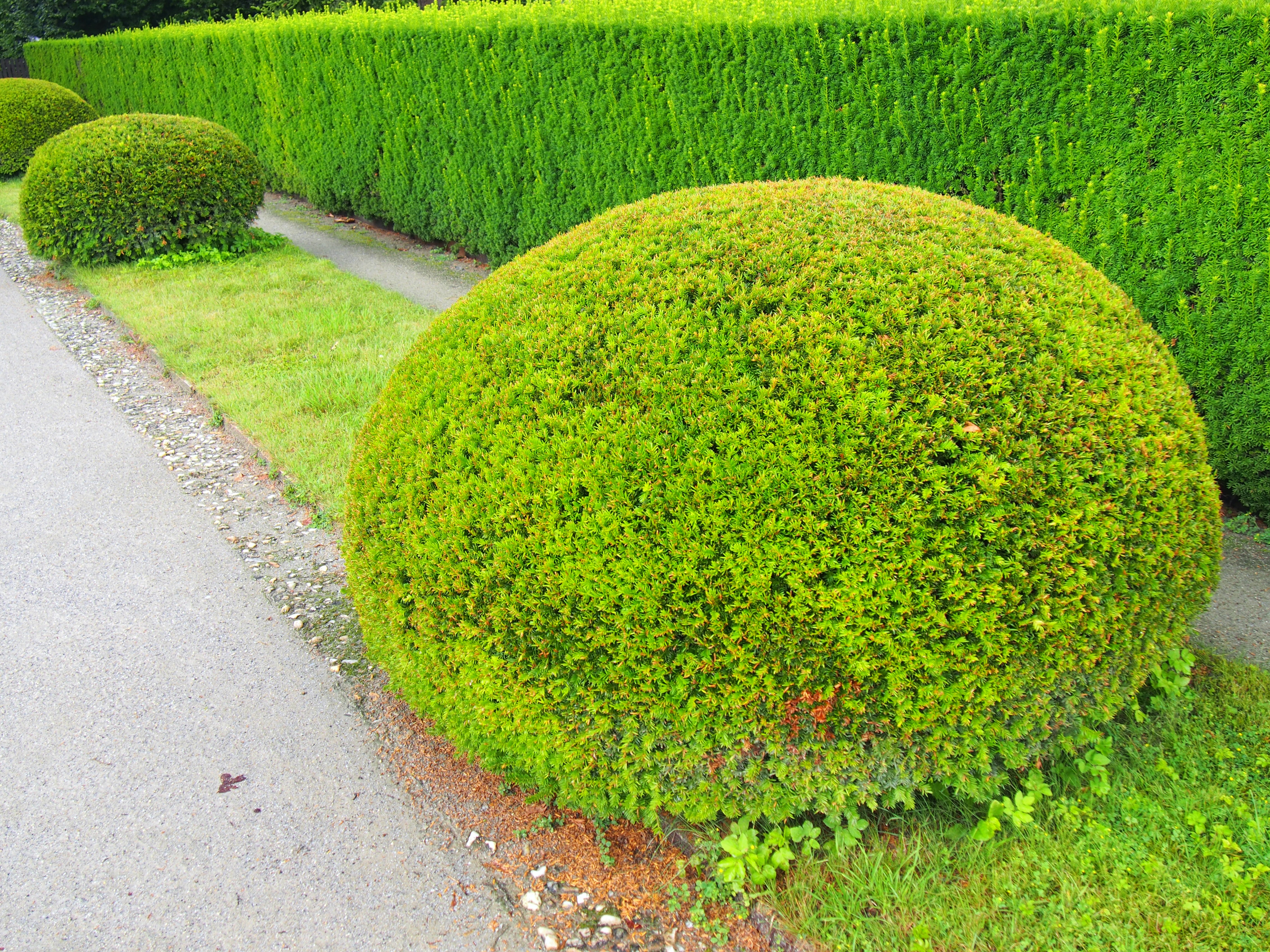
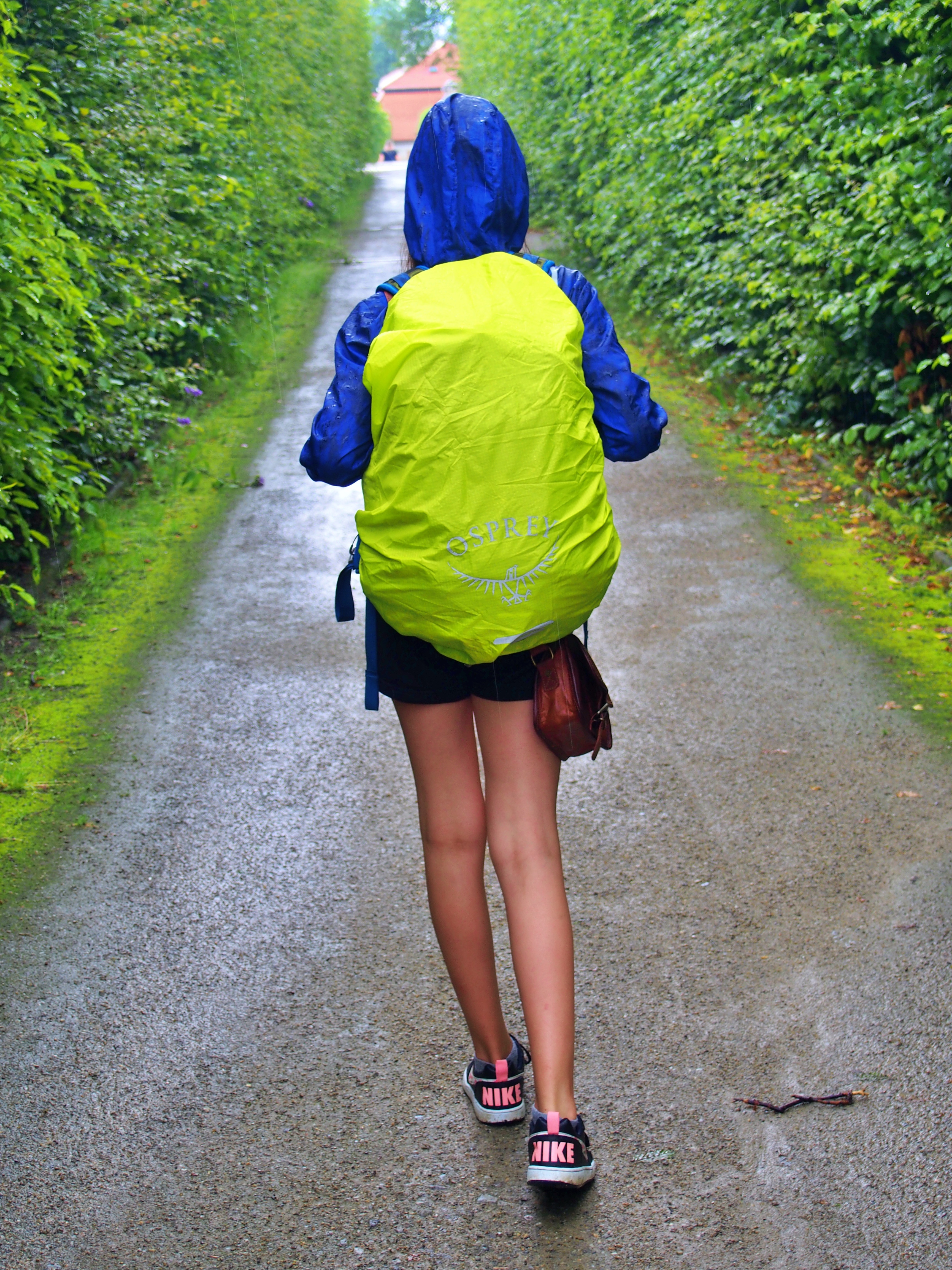
It also includes a beautiful Baroque theater from 1682 with a revolving auditorium.
CHURCH OF ST.VITUS
One of the oldest local churches is the Church of St. Vitus dating from the 13th century. Important Czech families, such as the Rosenbergs and the Schwarzenbergs, are buried here.
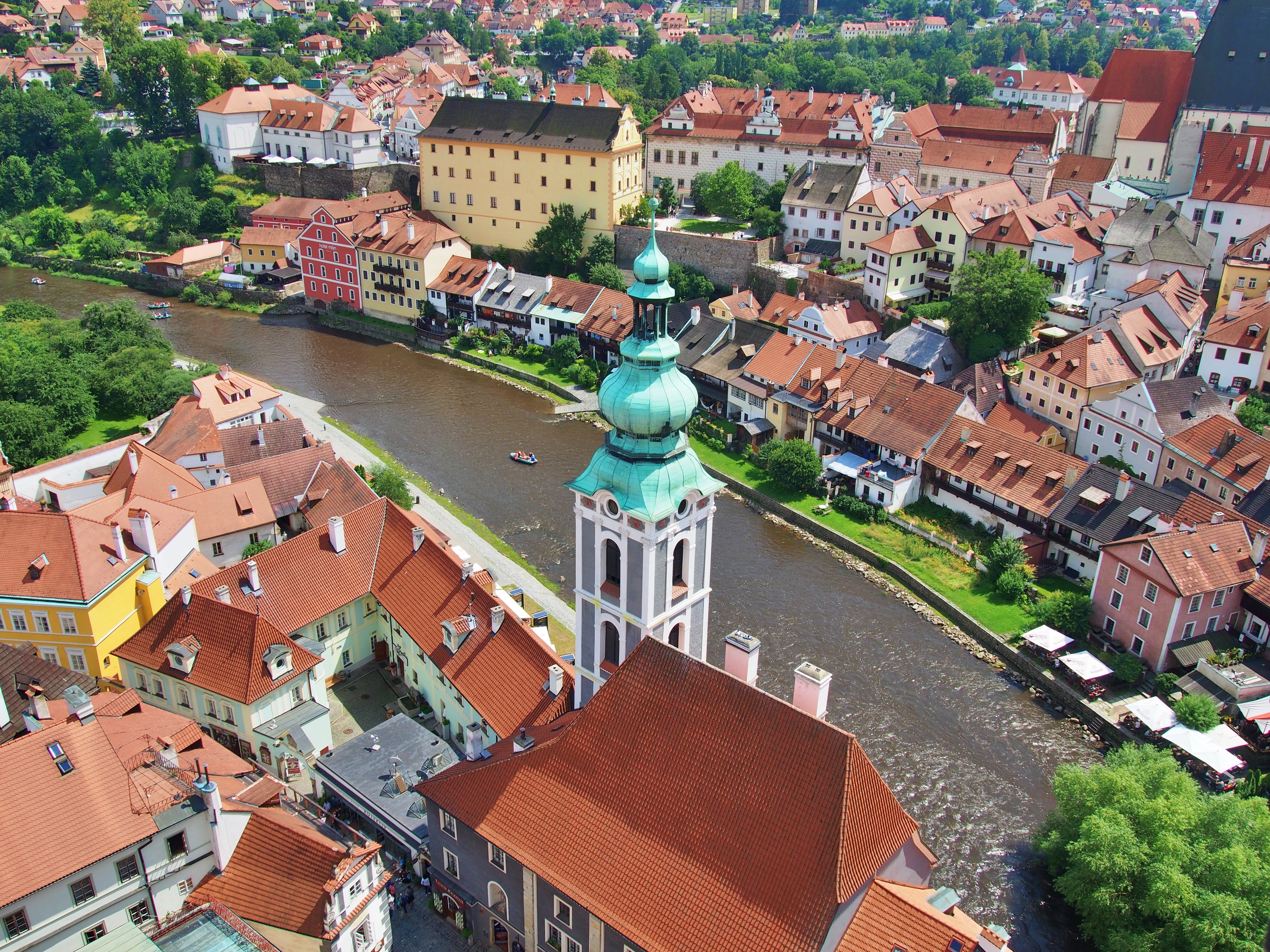
CENTER OF CITY
But what I enjoy most about this city is its historic center, whose magic is incredible. I just enjoy walking through the narrow and winding streets. The houses abound in magical frescoes, and in addition, these houses carry with them history and ancient stories.
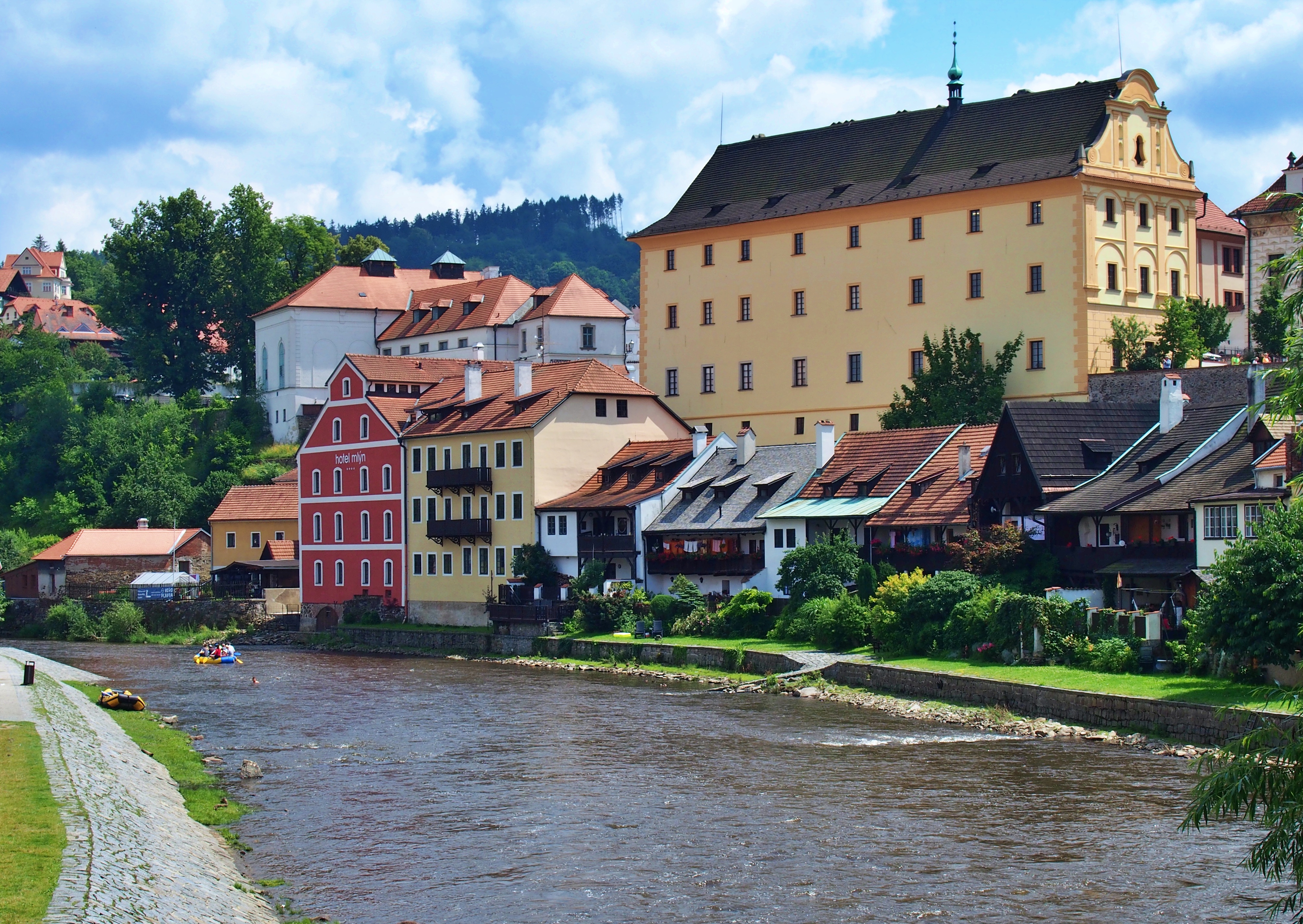
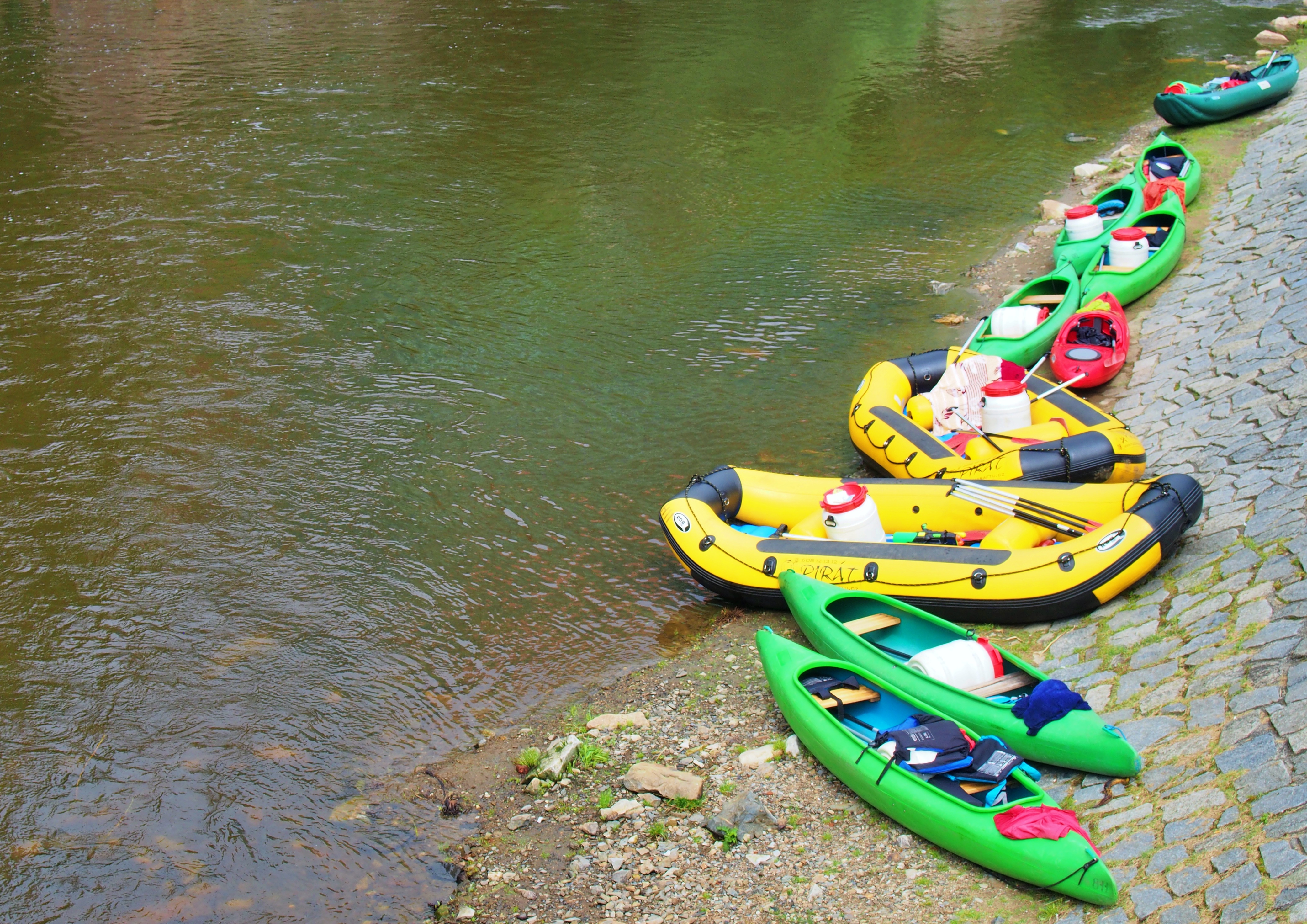
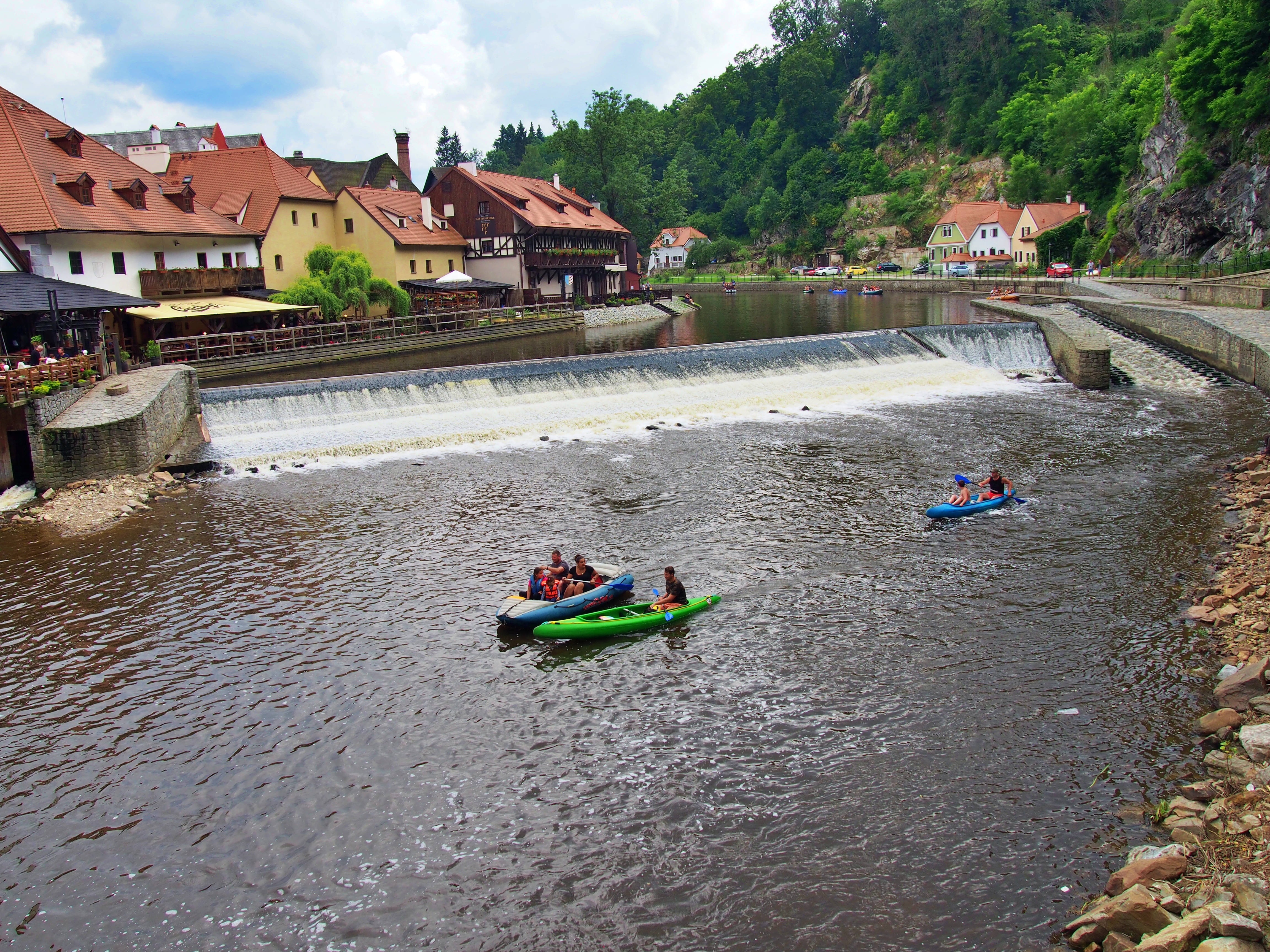
You may get lost in such a tangle of streets, but it doesn’t matter at all. So you can discover some great cafe. 🙂
My daughter and I searched in advance for various rumors and stories that relate to the local houses and squares. Every house here quietly tells its happy or sad story. We unleashed our imagination, found ourselves in times long past.
SQUARE NA LOUŽI
The name Na Louži appears from the beginning of the 16th century. This name was probably related to the collection of rainwater flowing down from the square, and the frequent floods from the nearby Vltava River. Today there is no water, but on the contrary there is a pleasant sitting in restaurants.

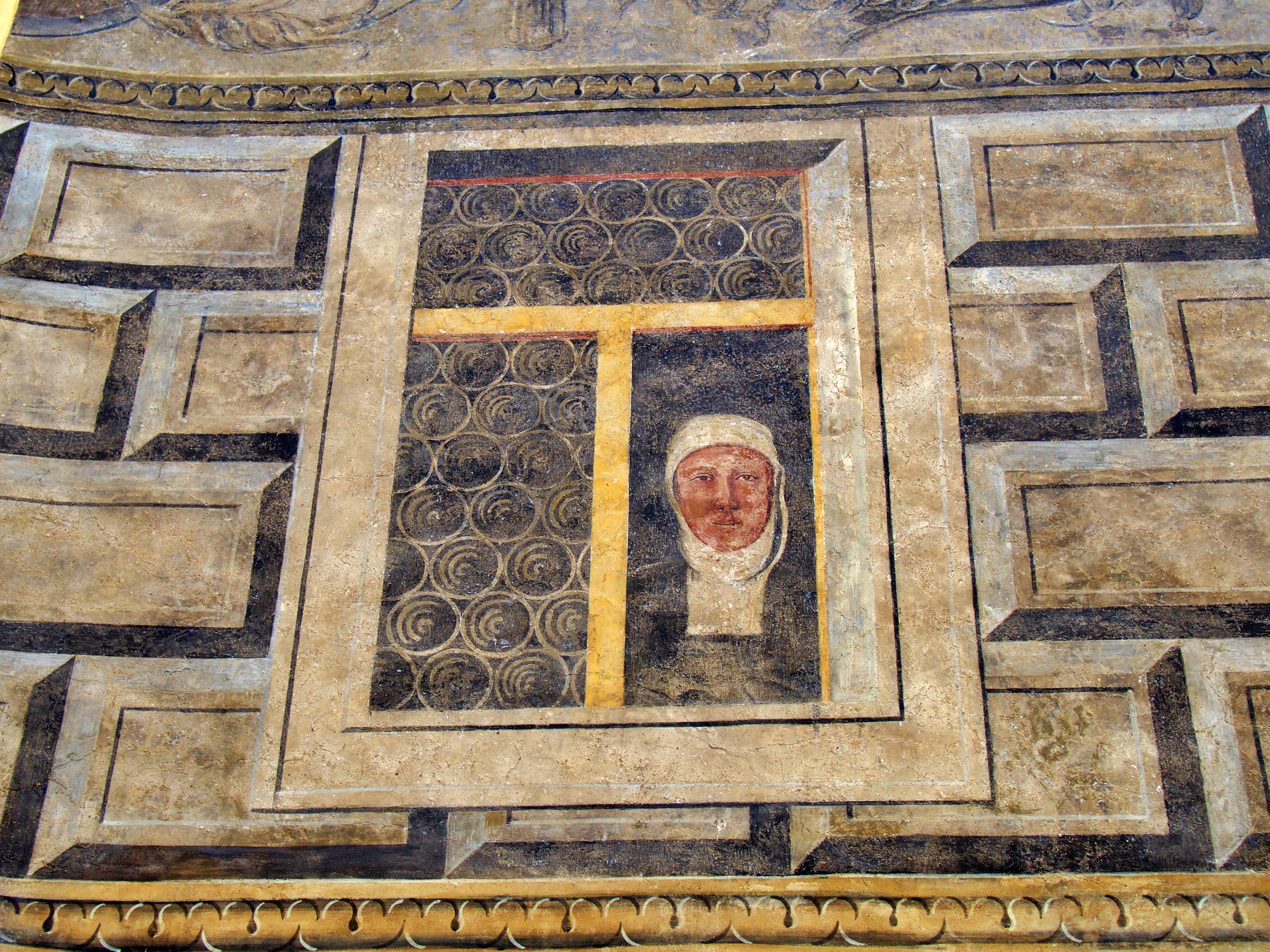
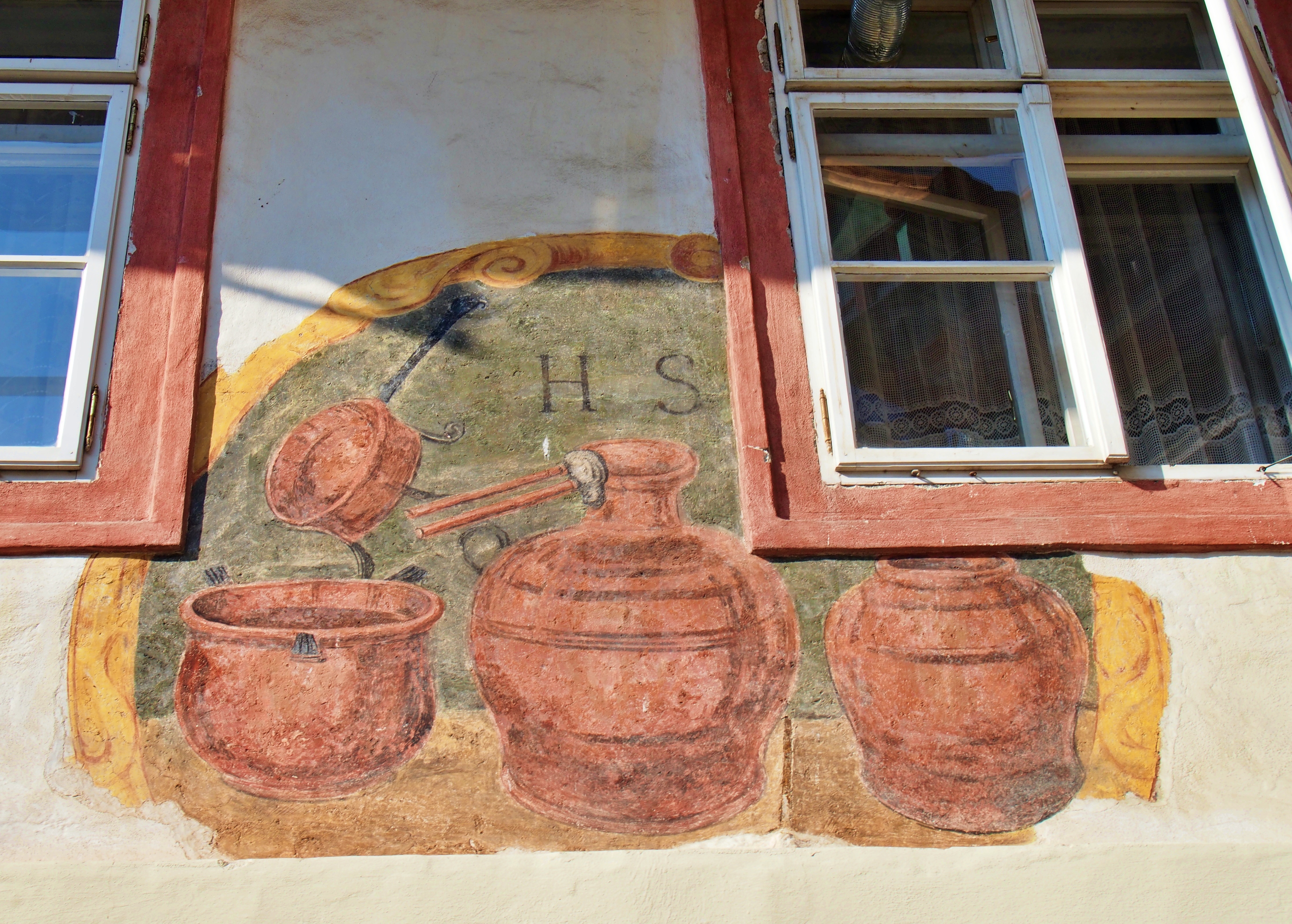

DLOUHÁ STREET No. 31 – TODAY THE RESTAURANT “CIKÁNSKÁ JIZBA”(GYPSY ROOM)
There used to be a merchant whose son unhappily fell in love with the beautiful gypsy Marika. The whole town was outraged by this, because at that time he had a serious acquaintance with the good Krumlov girl Růženka. One day the gypsies withdrew and he eventually married Růženka, who loved him very much. However, he did not forget his gypsy until his death.
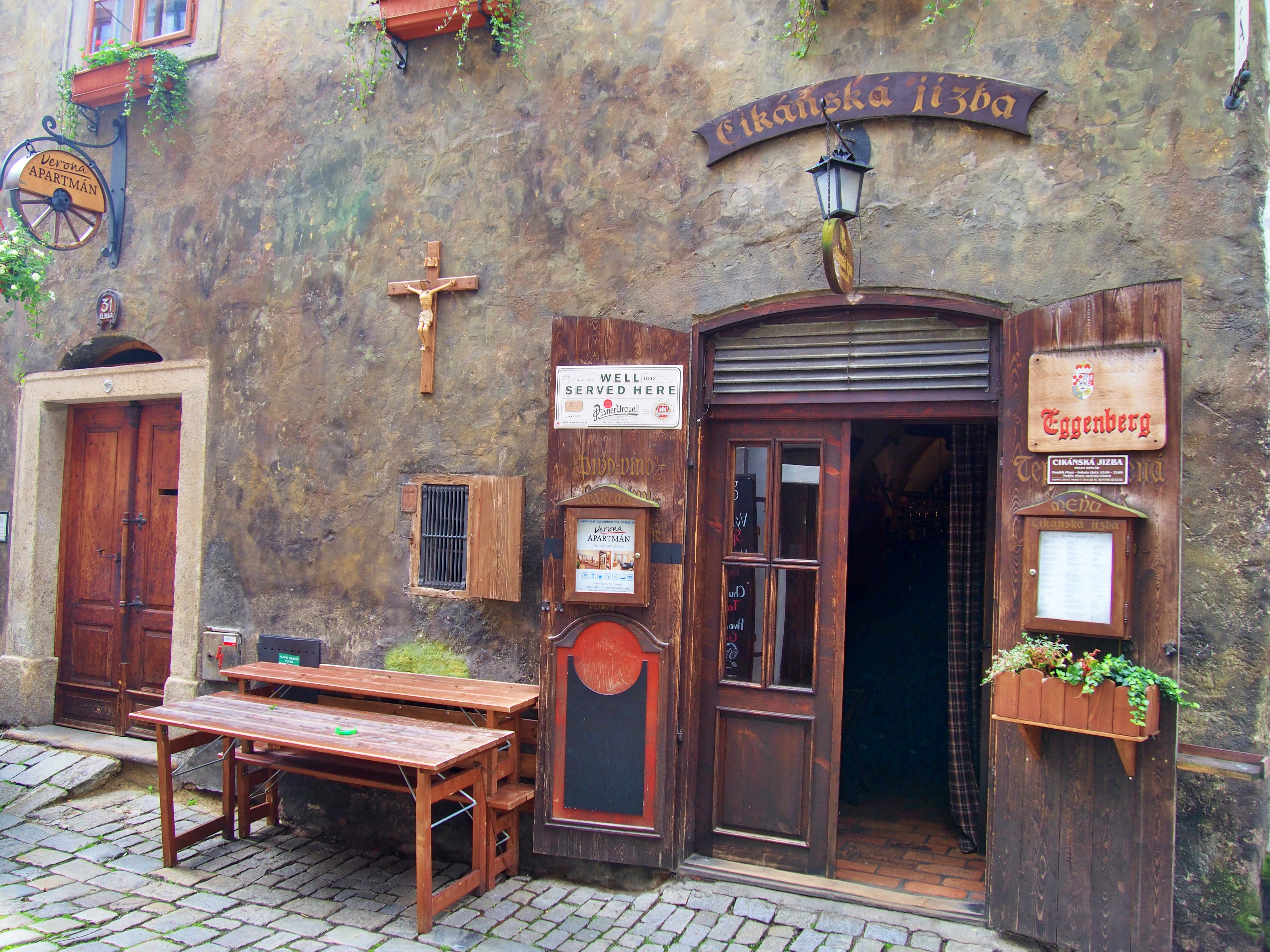
DLOUHÁ STREET no. 94
The witch Annabella lived in this house. It is a great pity that the room with an open fireplace was not preserved. It is said that special containers were found here, in which there were herbal mixtures, some of which even contained bones.
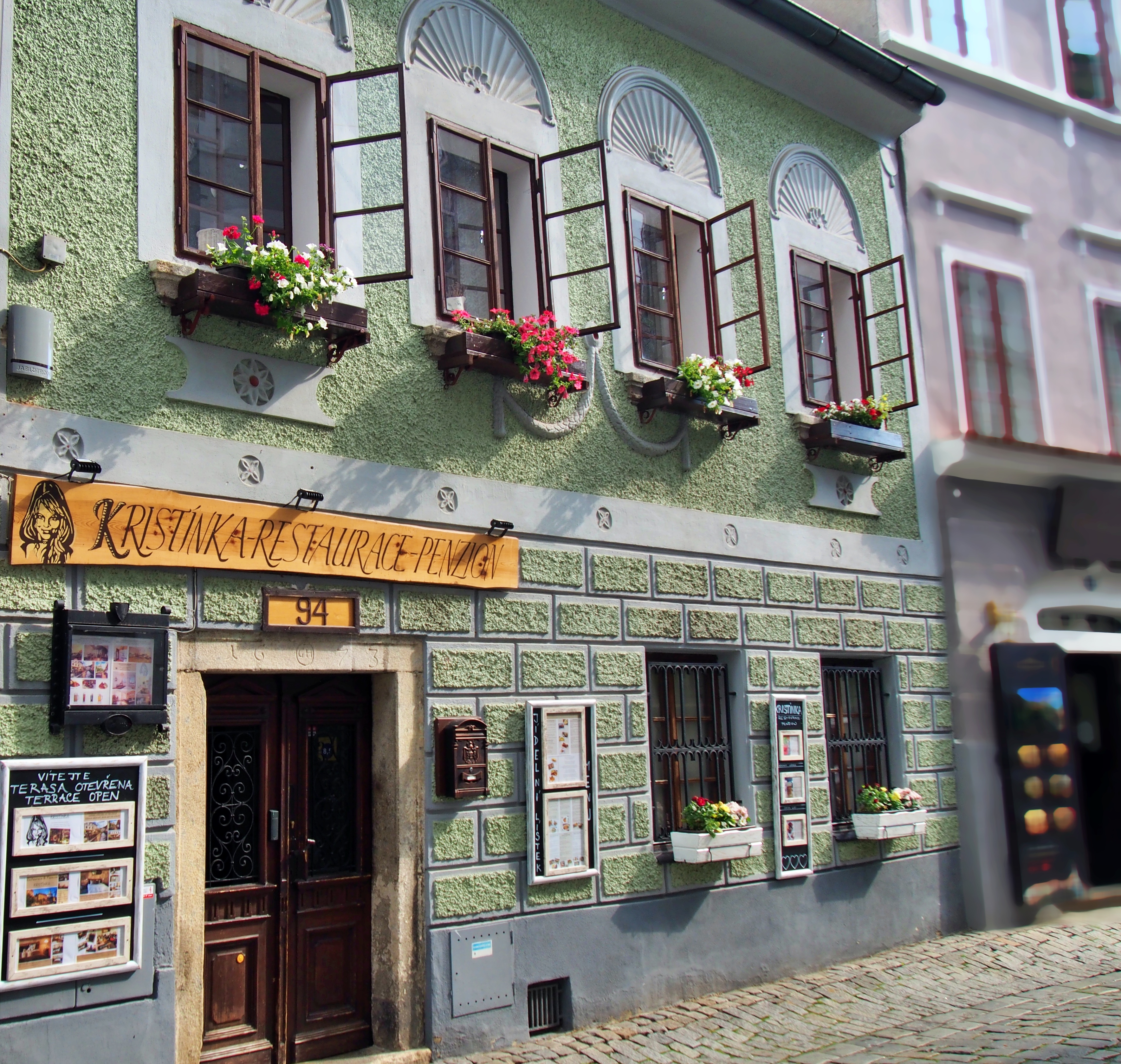
SOUKENICKÁ STREET no. 35 “U BAZILIŠKA” (ET BAZILISK)
The owner of the house, Mrs. Rozálie, disobeyed the grandmother’s advice to kill her black hen, which was told by Miss Stázička from a nearby house. A disgusting basilisk hatched from the hen’s first egg. He suffered her whole family and thanks to him only the owner and her little daughter remained alive. The witch Annabella helped her from the basilisk.
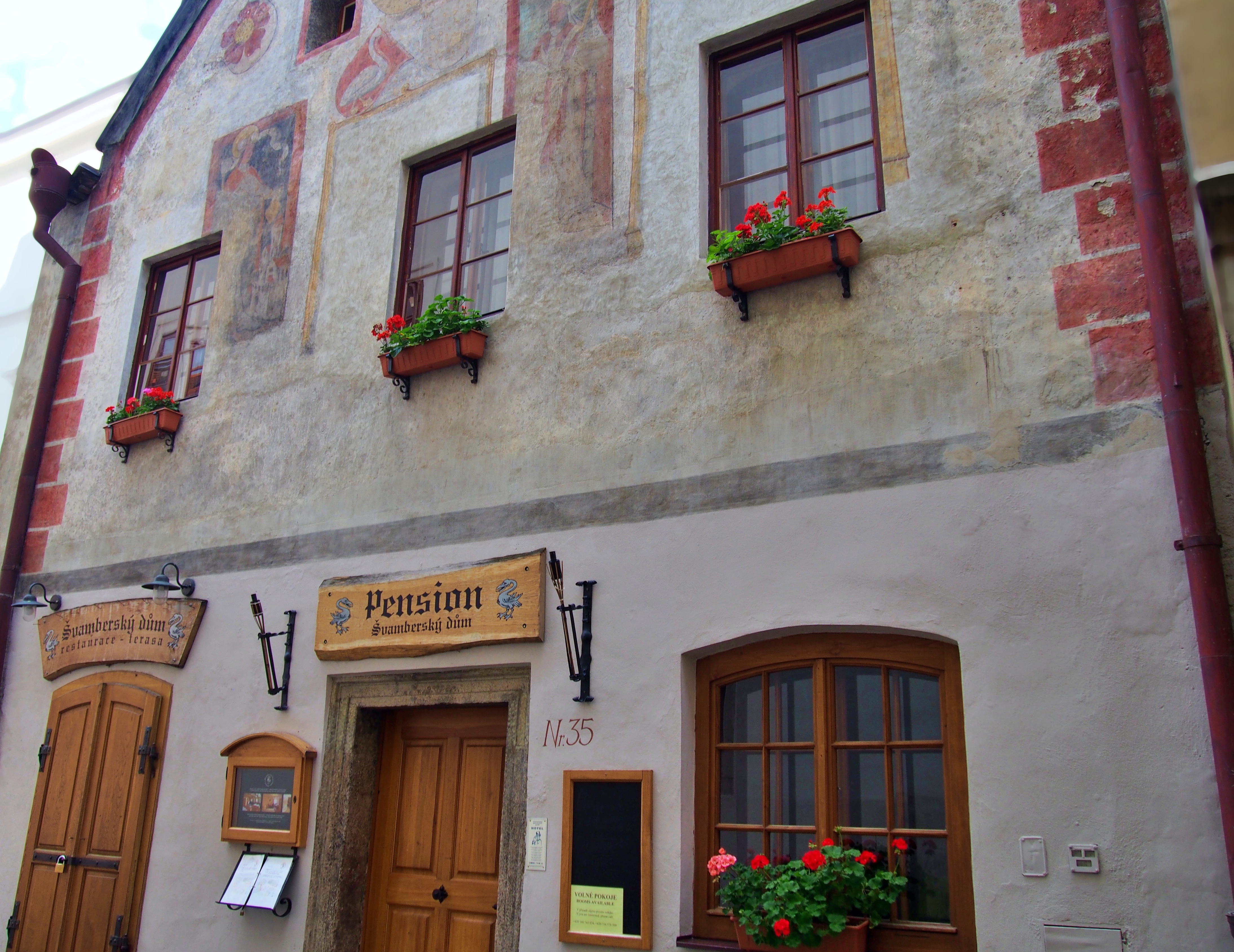
SOUKENICKÁ STREET no. 37
Miss Stázička was to live in this house, who out of unhappy love uttered a curse over Mrs. Rozalia. When Miss Stázička died, there were sad sighs in one of the rooms in the house.
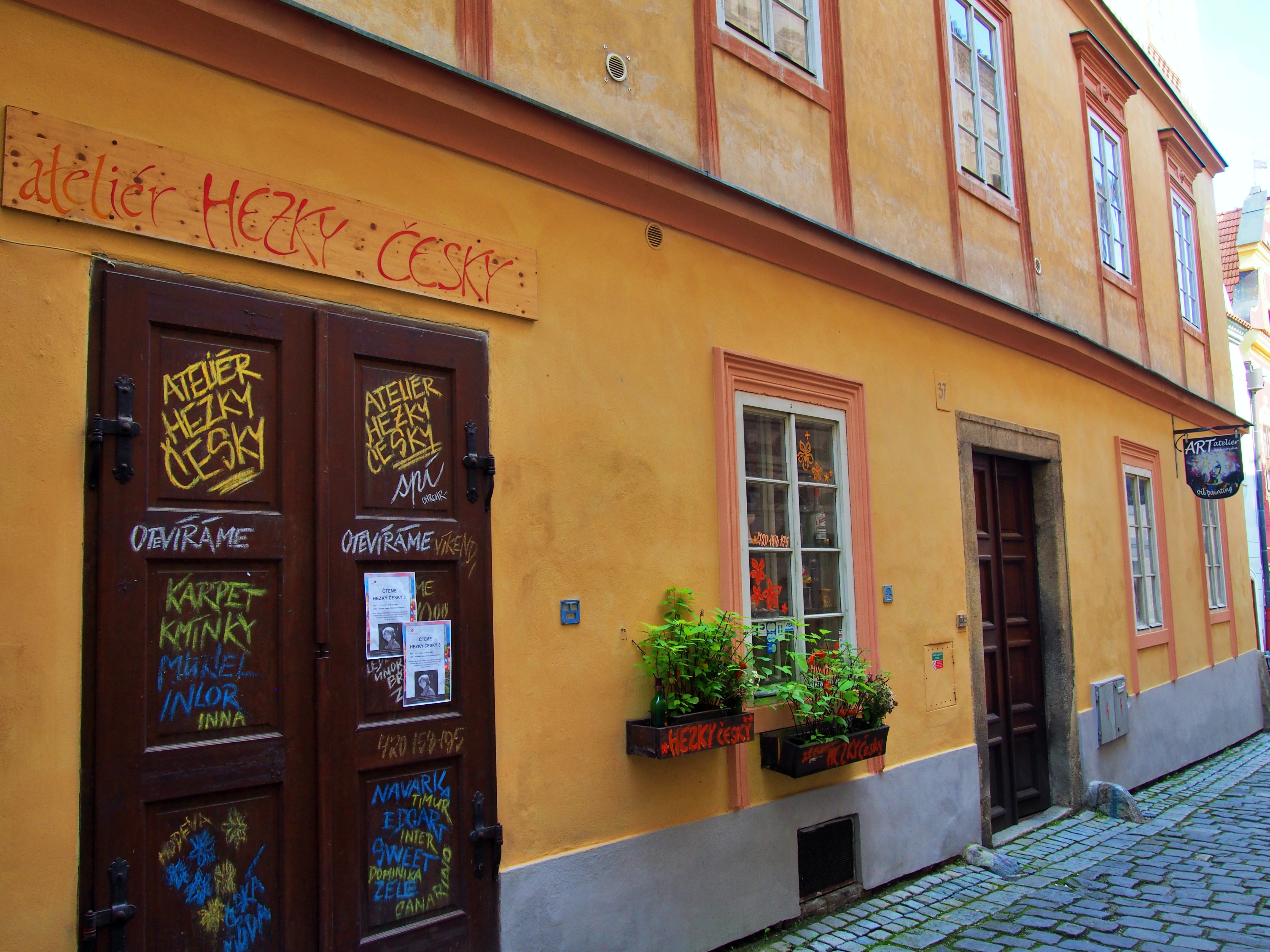
PANSKÁ STREET
It was said about this street that if a girl who was not yet married or had not lost her virginity passed through her, then her cheeks would turn red. Some bachelors led their loved ones here deliberately and watched their cheeks. It is uncertain whether this test is still valid today.
PANSKÁ STREET no. 20
An evil caretaker lived in the house, who made a contract with the devil, who provided him with wealth and power. When the devil came for him, he wanted to deceive him. He painted crosses on doors and windows. But he forgot about the window: the toilet window. The devil did not like this deception and carried it through this window.
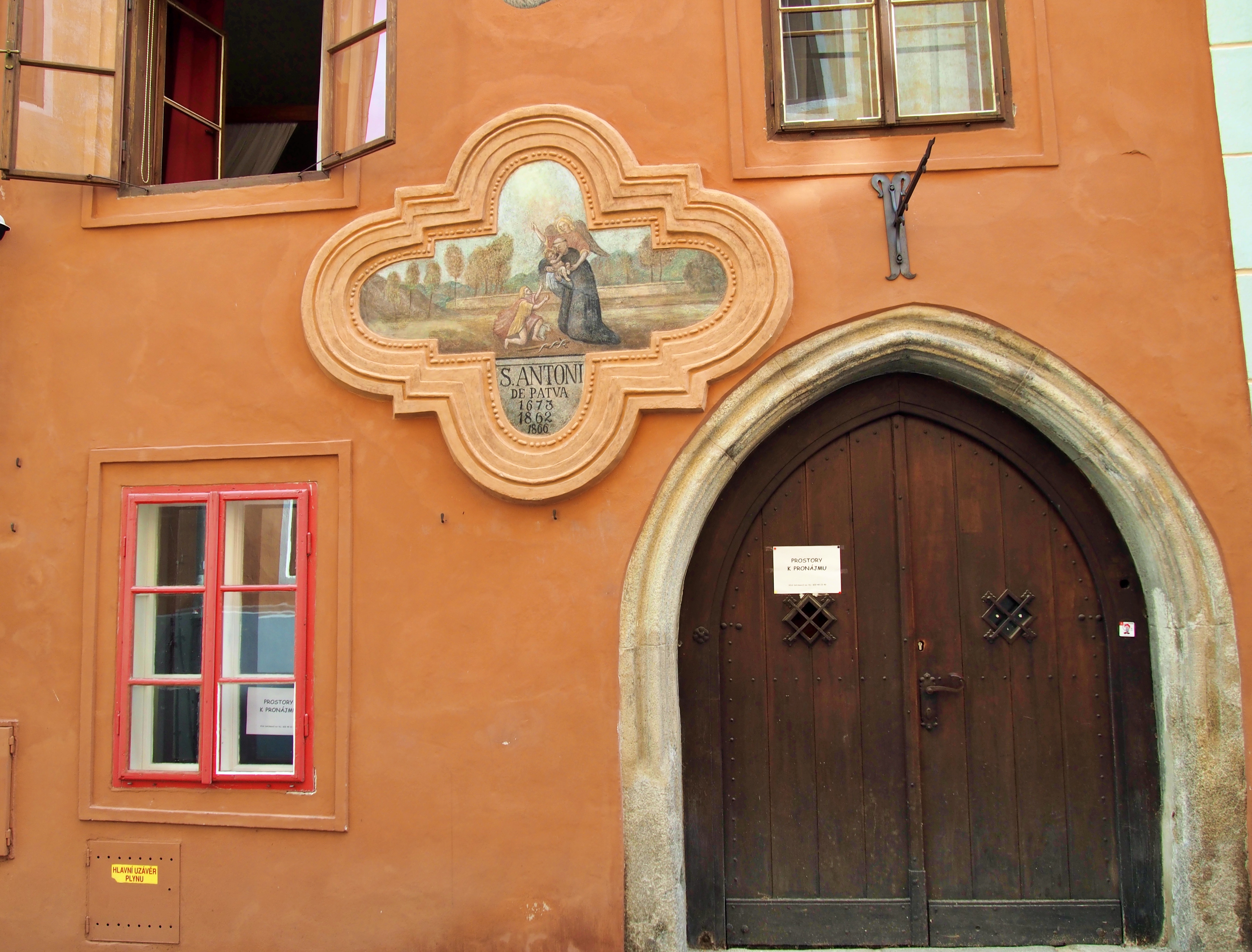
PANENSKÁ STREET no. 38
“Fallen girls” lived in this house. They were women who gave love and pleasure for a fee. The street was therefore derisively called “virgin”.
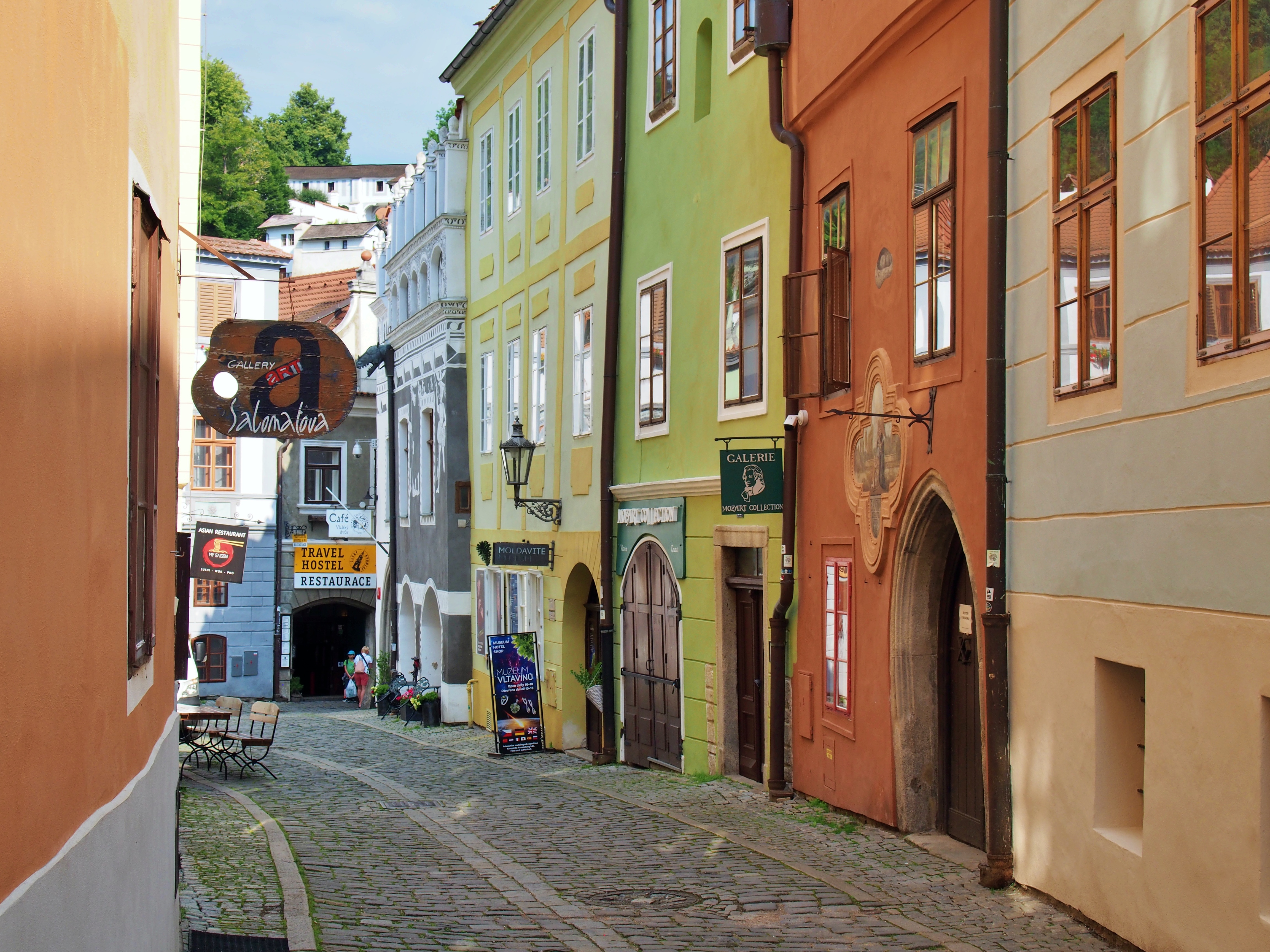
ŠIROKÁ STREET no. 77
It is said that an alchemist lived here, who worked in the court of the last two Rosenberg nobles, Vilém and Petr Vok of Rosenberg. However, he was not an alchemist, but a charlatan. He carved gold ducats on Rosenberg. He told him that if he put them in the ground and watered them with a special watering, they would grow up and multiply. He also promised an elixir of youth and life. According to legend, he was put into the tower and died there. In fact, he died in his house.
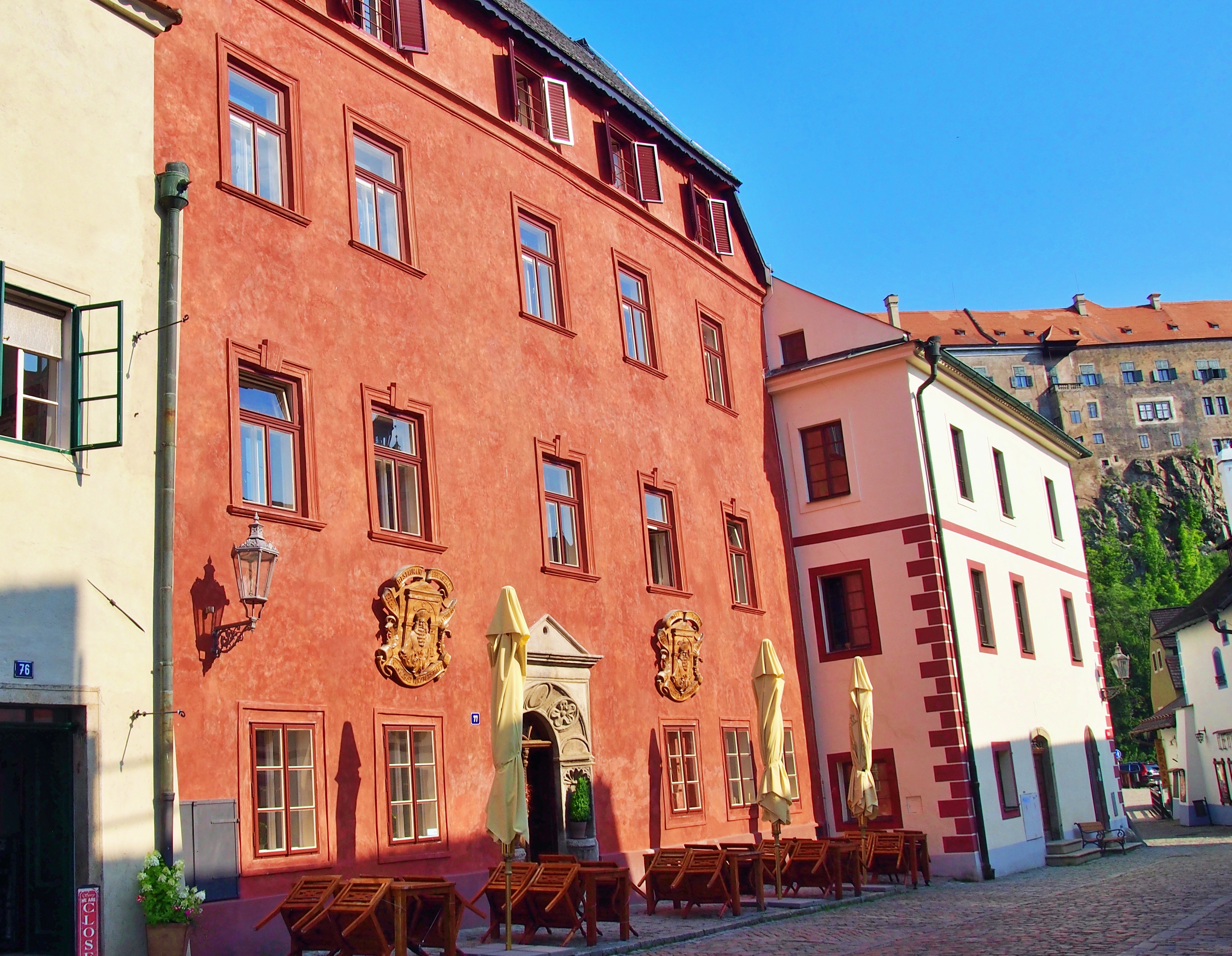
ŠIROKÁ STREET no. 80
According to legend, this mill was supposed to protect a water elf.
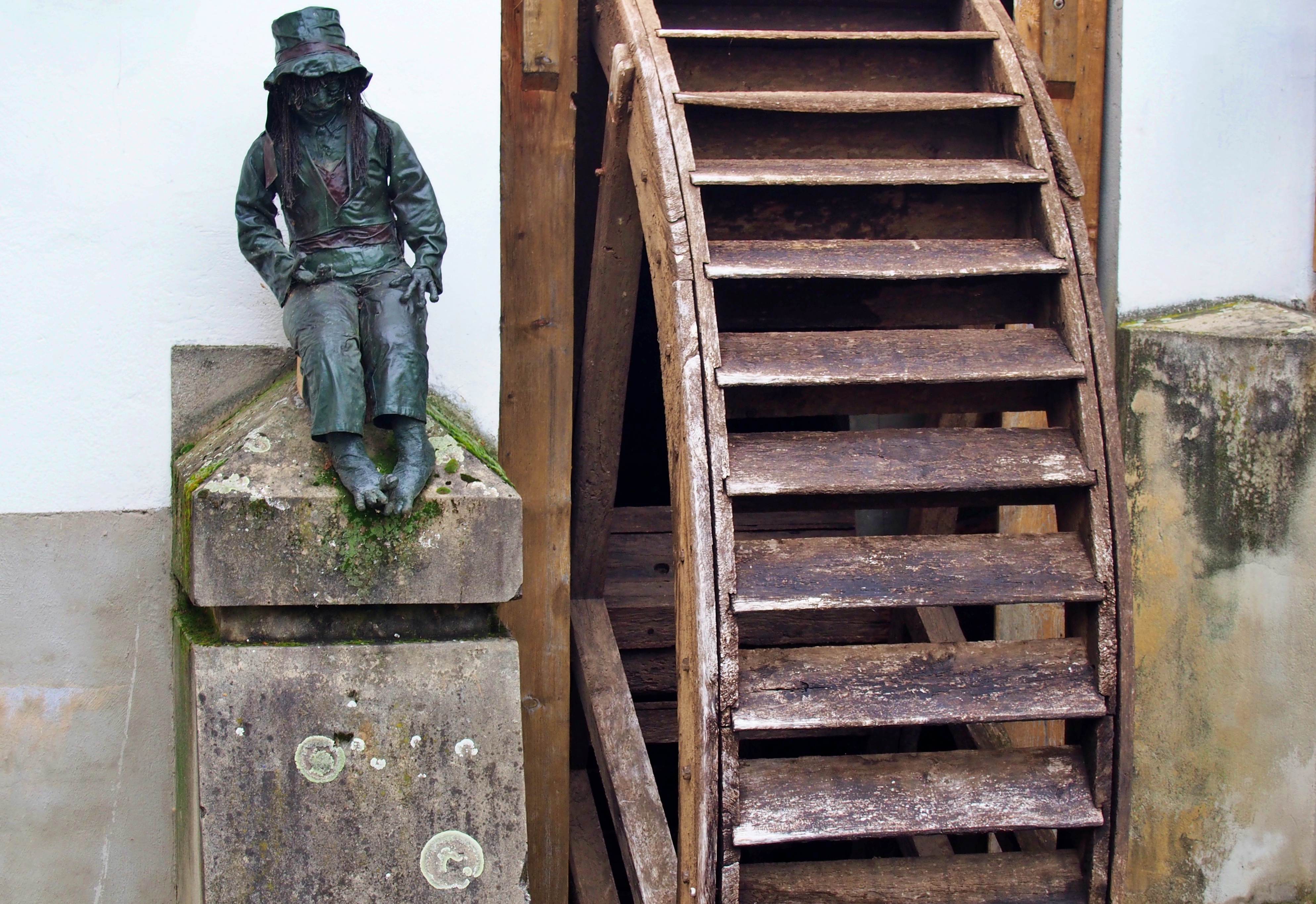
PARKÁN
The name reminds that in the places of today’s street in the Middle Ages there was a ditch between the walls, the so-called Parkán. Today, Parkán is one of the most picturesque streets in Český Krumlov.
PARKÁN – HOUSE no. 104 – TODAY PUB
“AT DWAU MARYÍ”
The house dates from the 16th century and two paintings of the Virgin Mary of Mariazell have been preserved on the facade. The lower image is accompanied by a text asking the Virgin Mary to protect the inhabitants of the house.
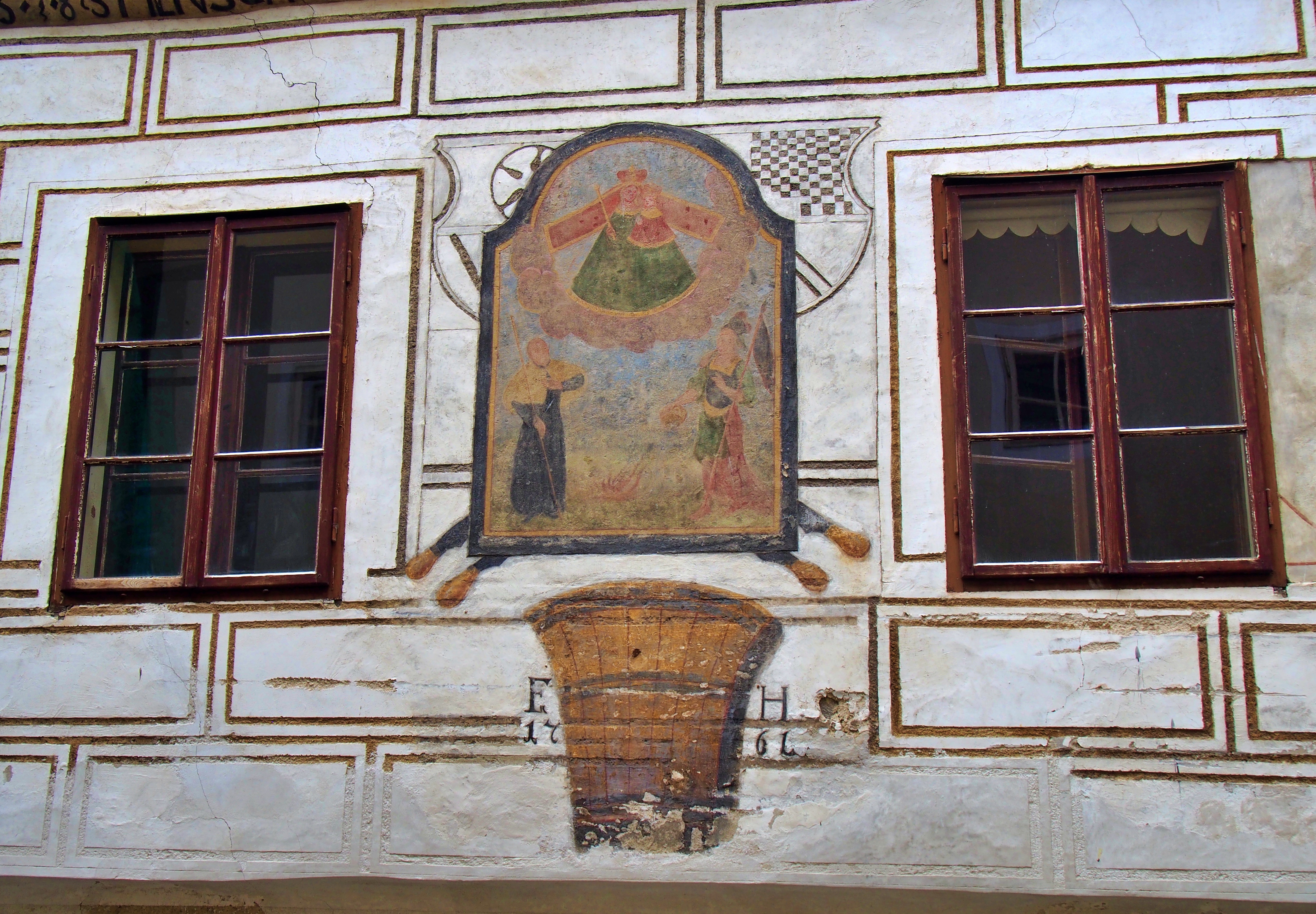
LATRÁN
Latrán is the name of the city district and the main street that passes through this district. Originally, the fortifications of Český Krumlov Castle were named in this way. Latrán Street begins at the Lazebnický Bridge and ends at the Budějovická Gate.






LATRÁN no. 1
This house is a former spa, where the unfortunate Margaret came from, who was murdered at the castle by Don Julius de Austria, the left-hander of Emperor Rudolf II. The house had a fresco with a painting by Markéta Pichlerová.
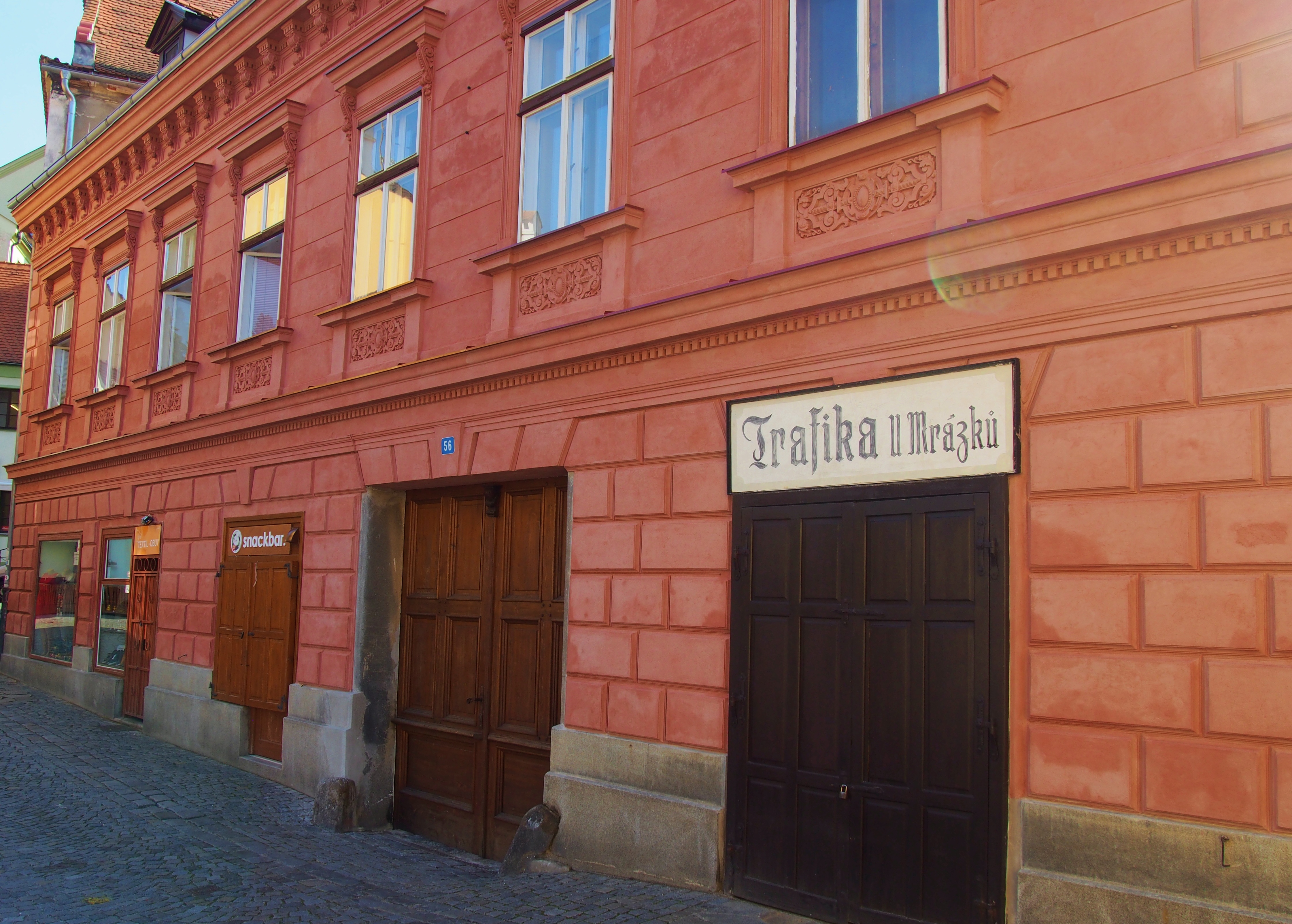
STREET NA NOVÉM MĚSTĚ (In a new world)
The street was a frequent scene of battles during the Thirty Years’ War. There are many stories about it. Many soldiers ended their lives here.
LATRÁN no. 37, NOVÉ MĚSTO
There used to be a pub in the house, where Justin was a courtesan. She fell unhappily in love with a courier. When his mission in Český Krumlov ended and he left, Justina went crazy out of unhappy love.

LATRÁN no. 39
The mayor of Latrán lived in this house. Once a black-veiled woman knocked on his door, introduced herself as Mrs. Lidmila, and stayed there. She had never removed the black veil from her face in her life. One evening, Mrs. Lidmila’s neighbor found her dead. No one ever knew her real name.
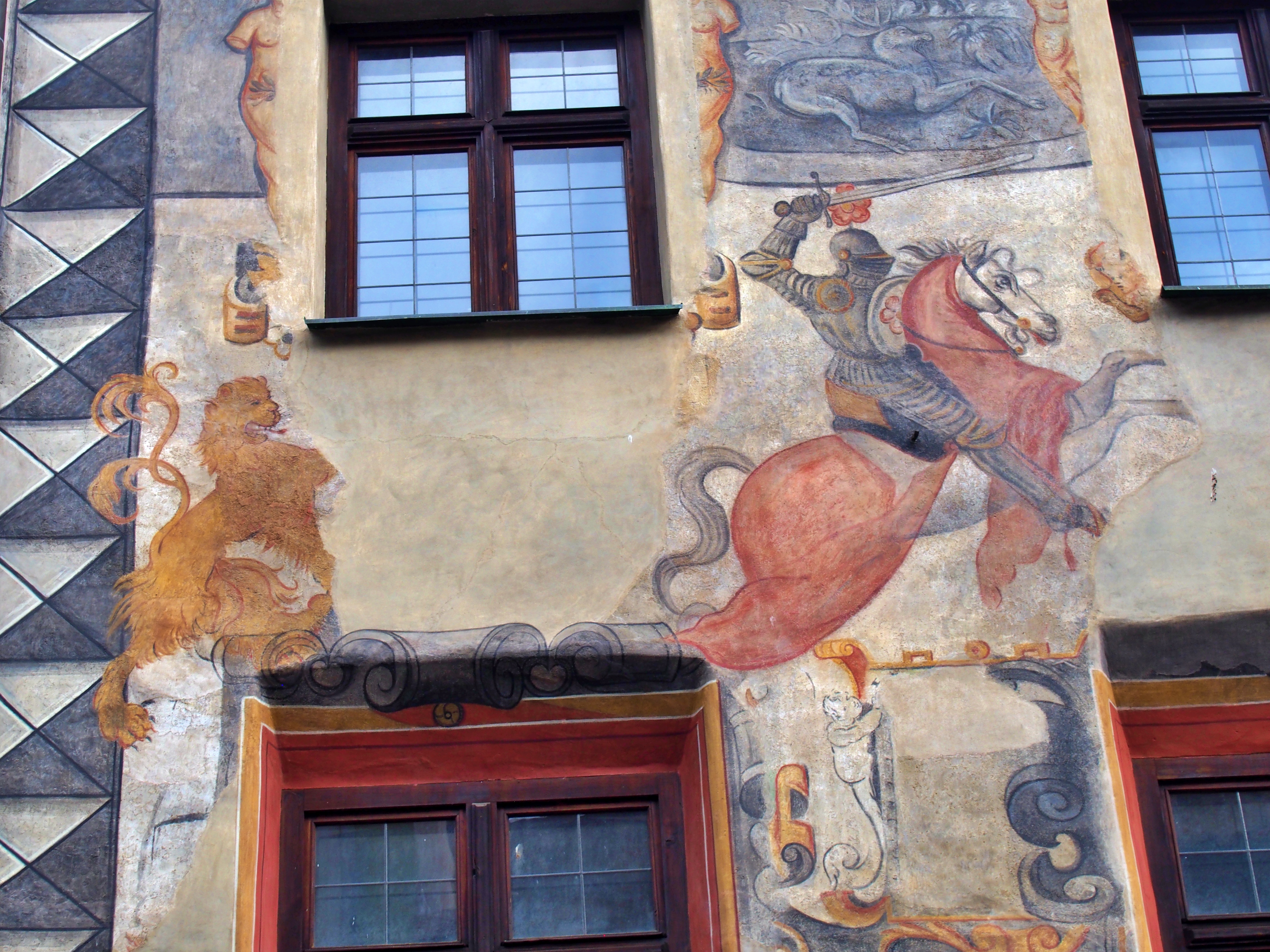
MINORITE MANASTERY
The Minorite monastery was founded in 1350 on the initiative of Krumlov ruler Peter I of Roserberg and his wife Kate. From the end of the 14th century, the area also included a house for a lay community of pious women, the so-called “Bekyň”.
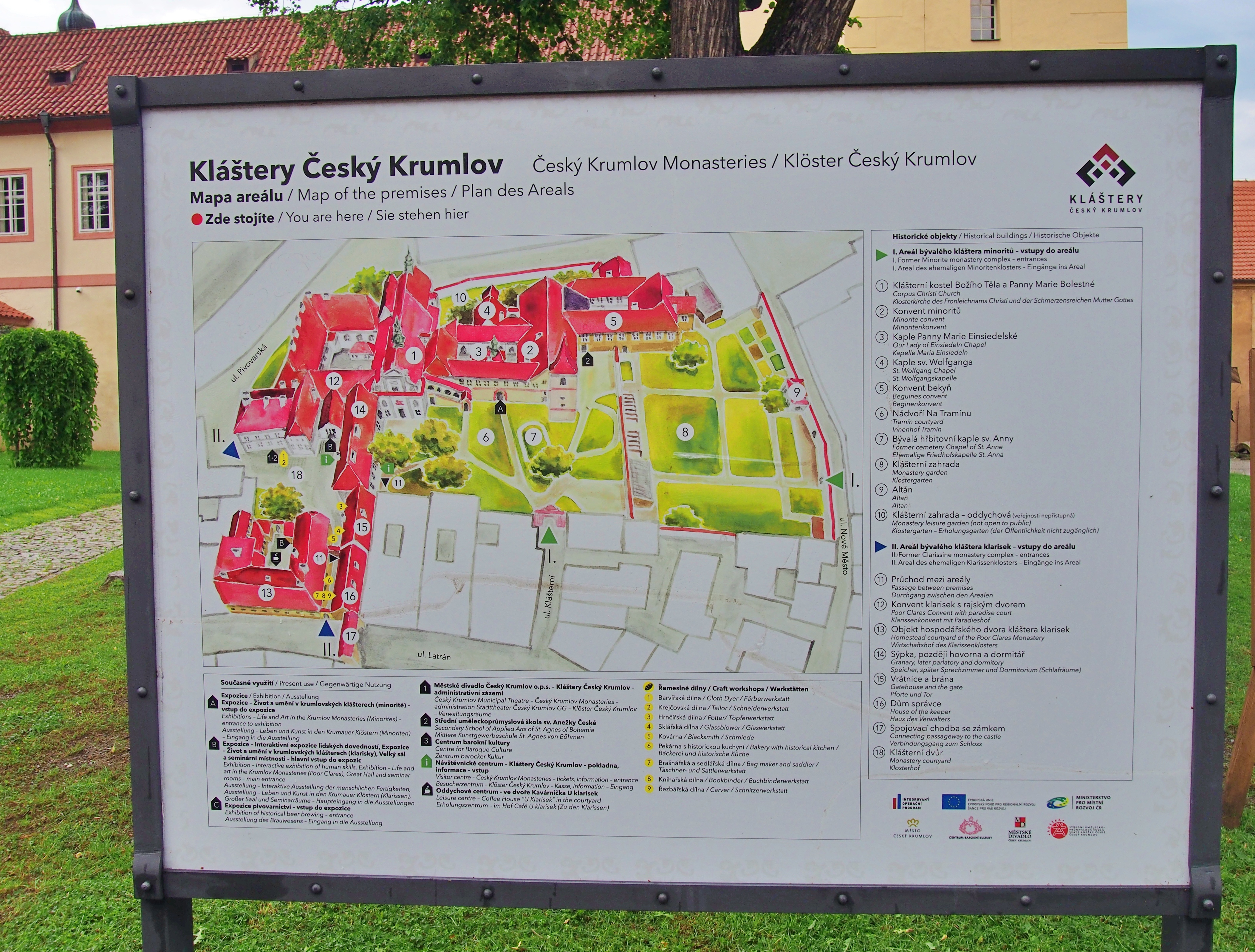
SVORNOSTI SQUARE (TOWN SQUARE)
On this square there is a fountain with a plague column with a statue of the Immaculate Conception and a Renaissance town hall from the 16th century. There are also typical Gothic and Renaissance houses with arcades.
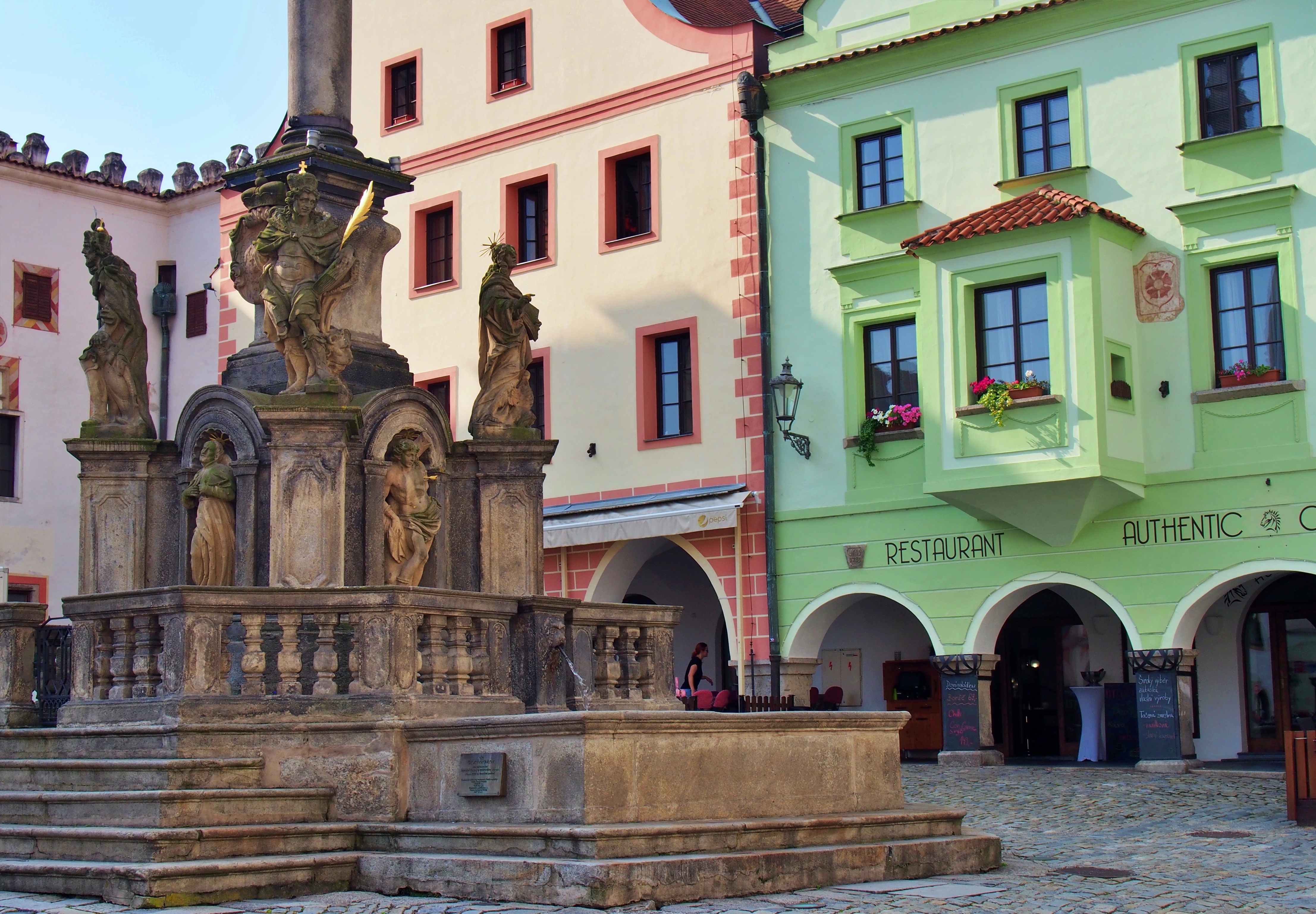


PLEŠIVEC
The Plešivec city district (suburb) lies south of the historic center of Český Krumlov on the left bank of the Vltava. Since 2003, it has been a city monument zone. The name Plešivec has been used since the 16th century.
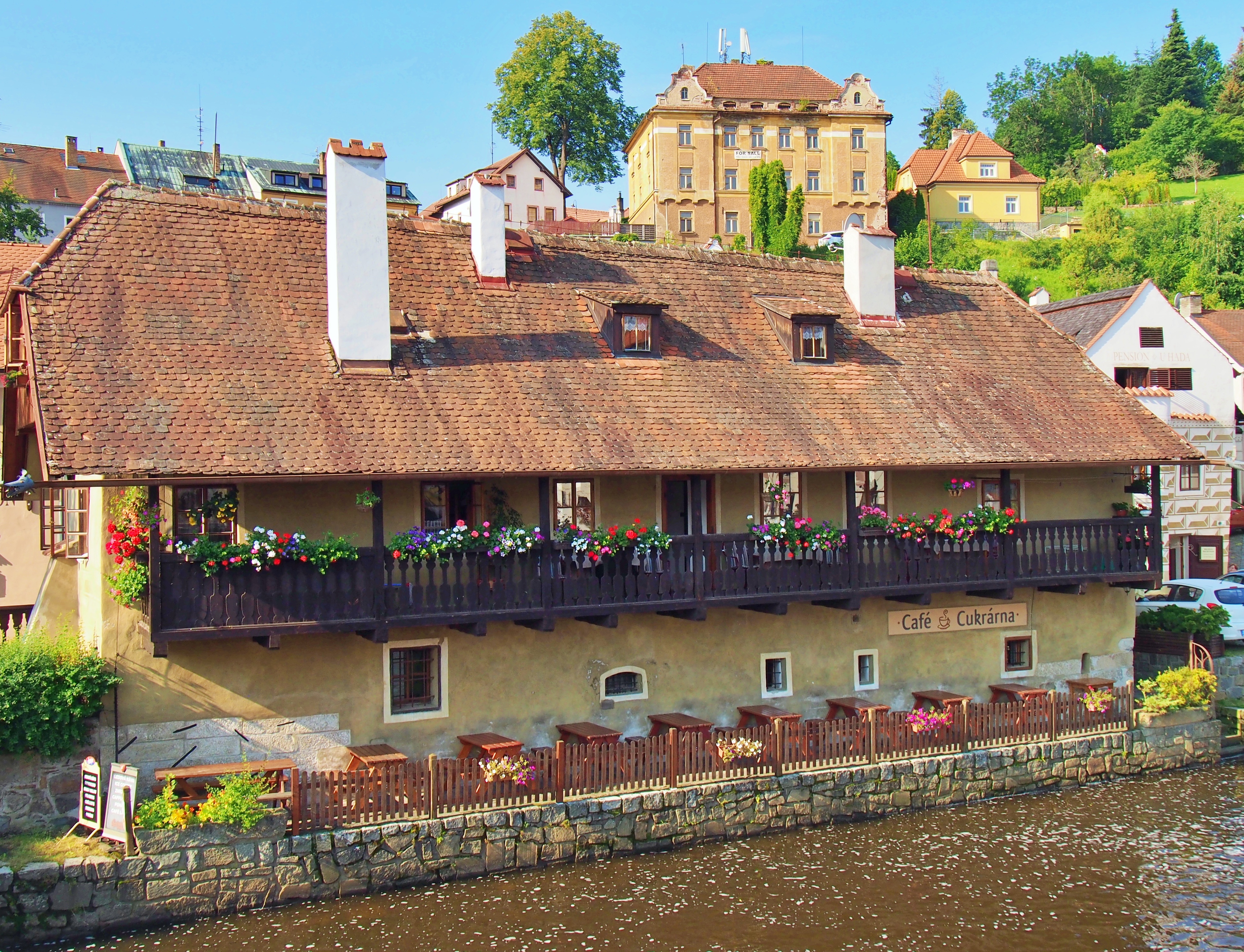
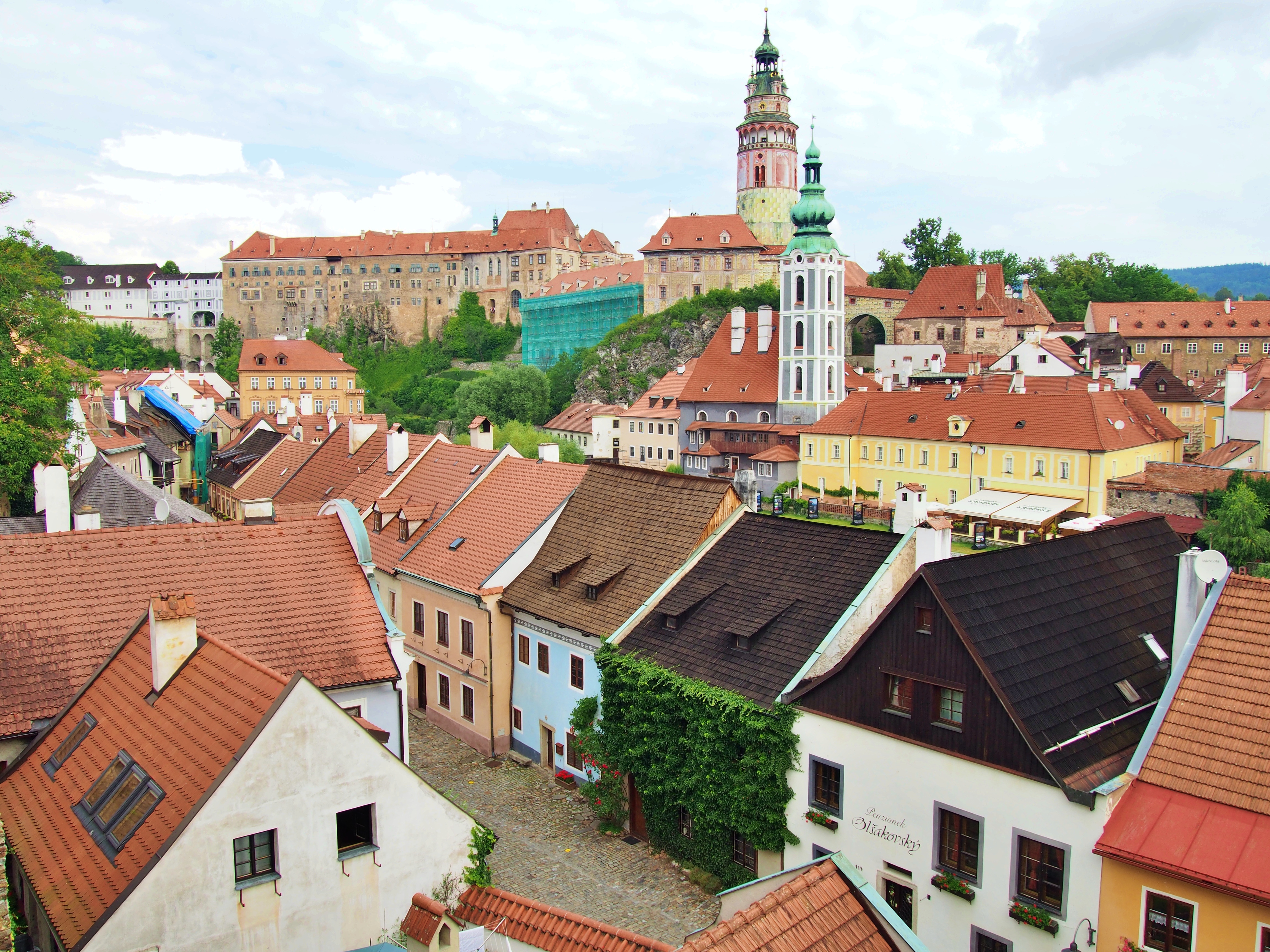
CITY VIEW – THE BEST PLACES TO TAKE PICTURES OF ČESKÝ KRUMLOV
There are also several viewpoints around the city center, from where you have the city in the palm of your hand. I went through almost all of them according to the map we got at the guest house. You can also find this map in the Infocentre.
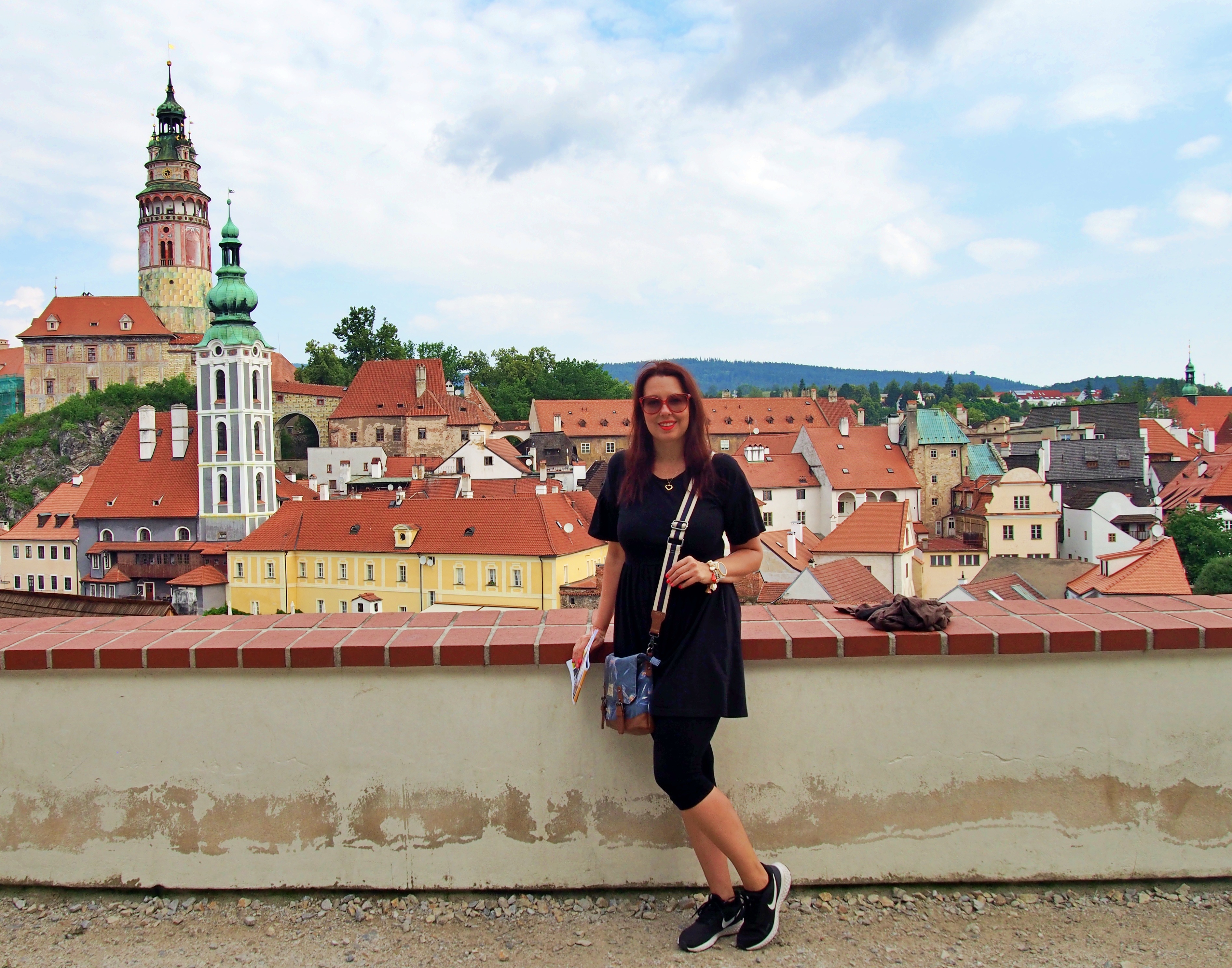
BUDEJOVICE GATE
The Minorite monastery is one of the oldest buildings. The monument is still architecturally interesting. Concerts are held here, which have a completely unique spiritual atmosphere.

SHOPPING
If you want to buy something authentic in Český Krumlov, I recommend you look around, for example, for handmade puppets or jewelry that contains Czech Vltaviny. From local delicacies I recommend gingerbread. It’s too expensive for my taste. And a pencil can be a completely unique souvenir. I do not mean an ordinary pencil, but a Koh-i-noor pencil. It was created here more than 200 years ago in the Koh-i-noor Hardtmuth factory.


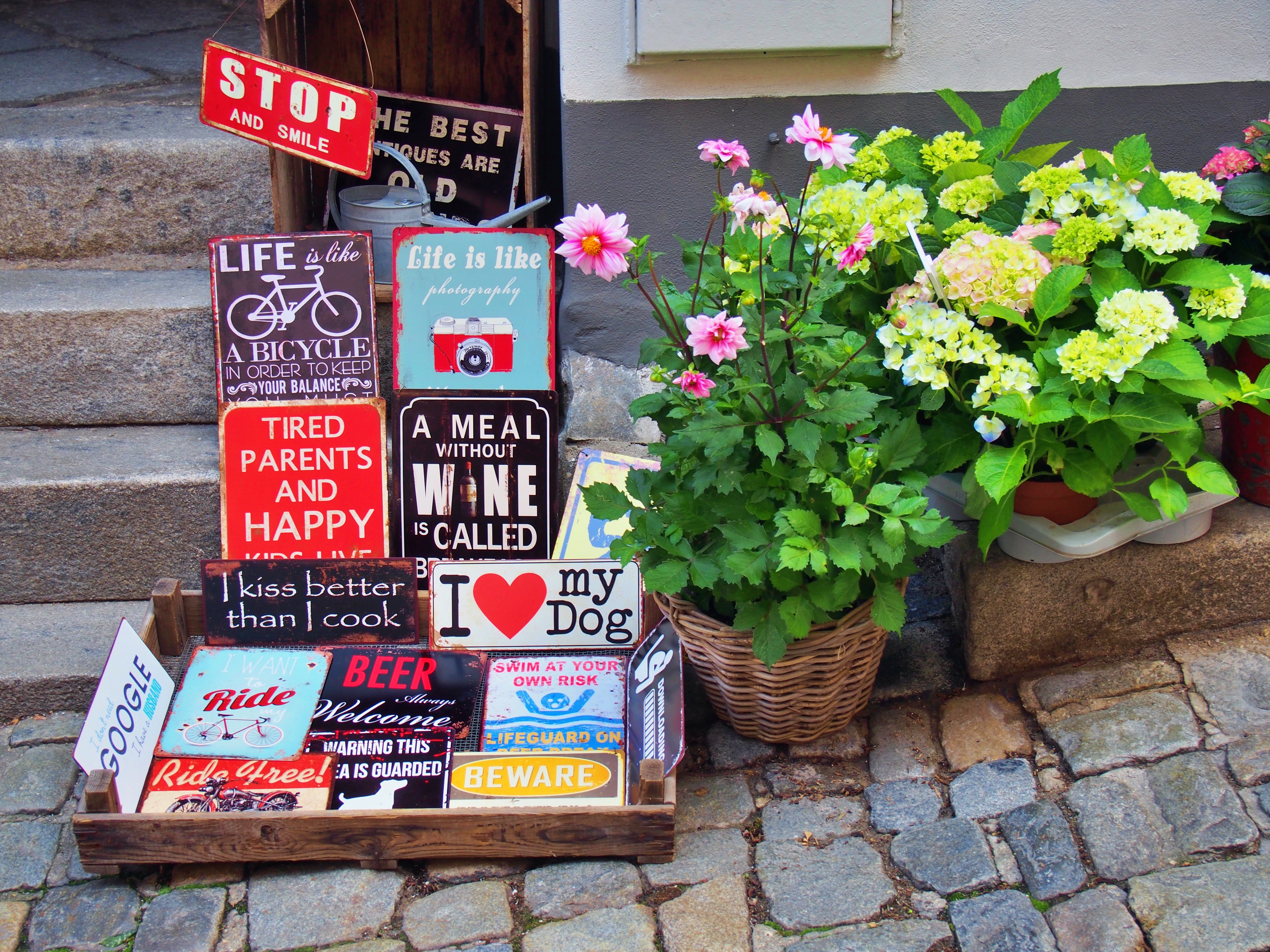

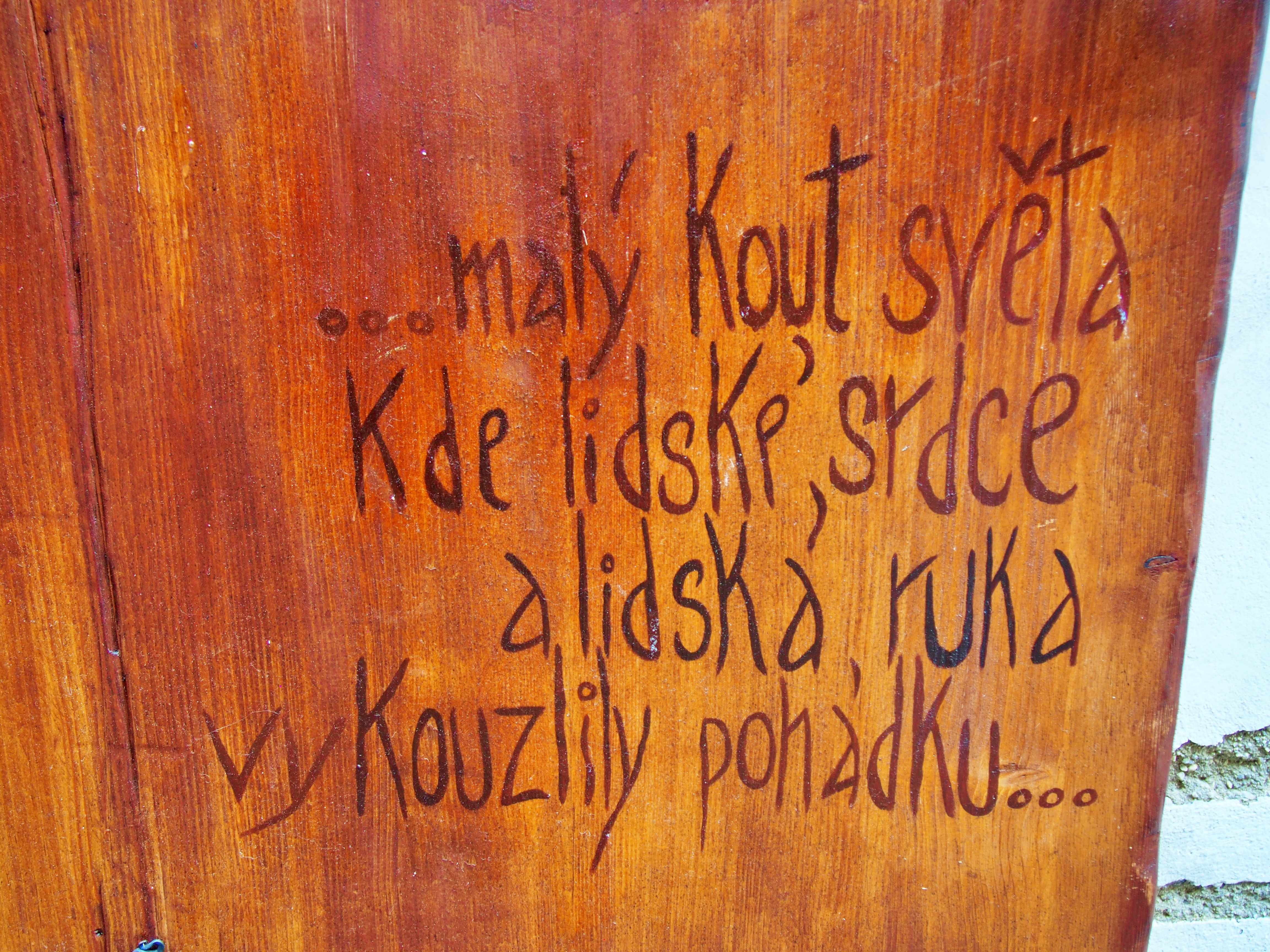

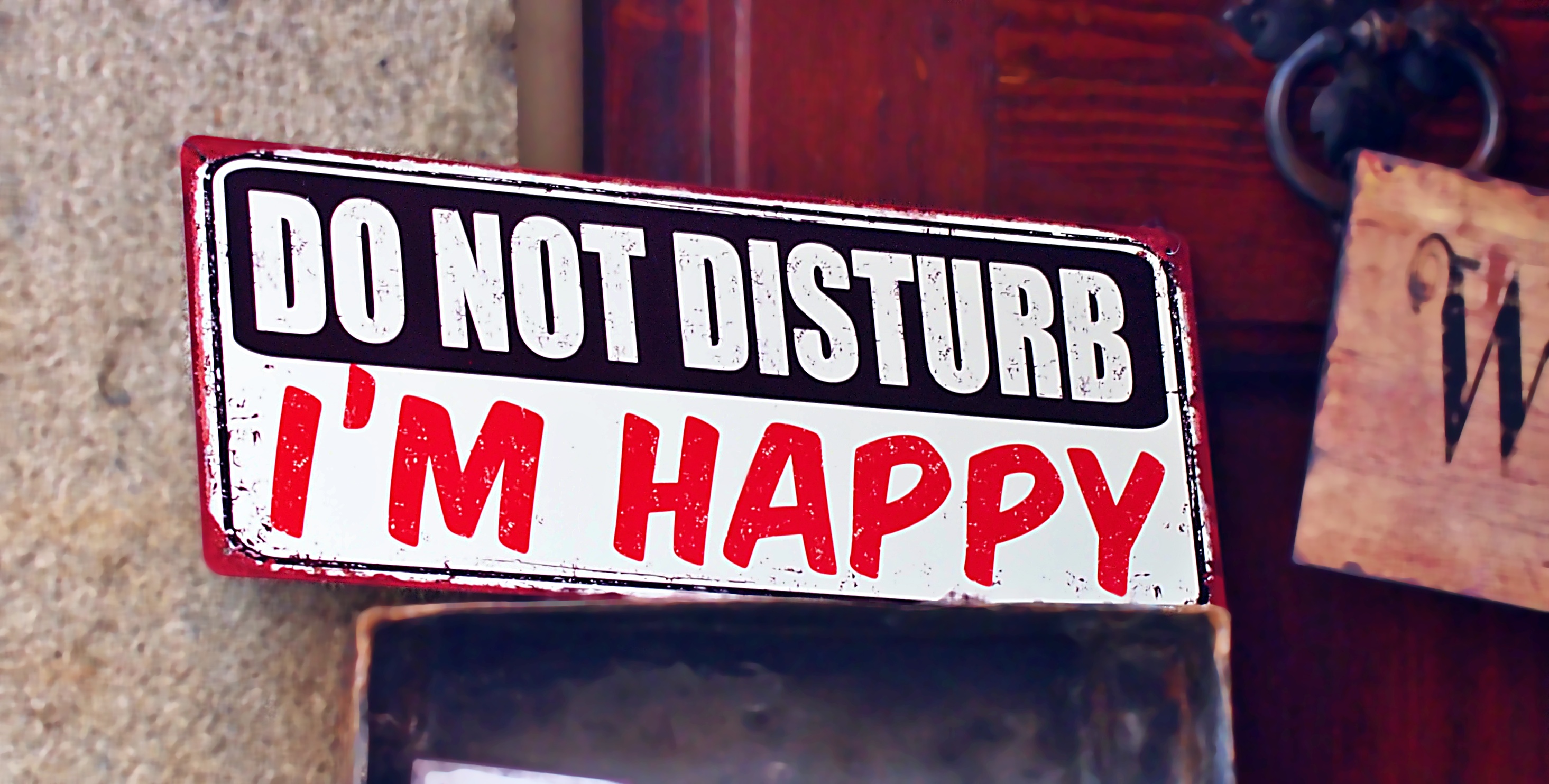
And if I were to describe this historic town? It is simply fairytale, picturesque and charming. In short, I felt like I was in an open-air museum, where history breathes on me on every corner.
HOW TO GET TO ČESKÝ KRUMLOV?
If this sounds too complicated, you can get to Cesky Krumlov by bus. It’s easier, cheaper and faster than a train and you should do it. Between Prague and Cesky Krumlov, there is Student Agency who runs up to eight buses a day between Český Krumlov and the Na Knízecí bus station in Prague. It takes around 3 hours to arrive but it costs less than 8 EUR so I believe you will be alright with that.
I hope that I have really lured you, and as soon as the time wishes to travel, you too will set out to discover beautiful Czech cities, such as Český Krumlov. If you liked the article, I’ll be happy if you share it or leave some comments. 🙂
I would also want to invite you to join me on Instagram and on Facebook. Loads of exclusive travel content like this one is available to you.

